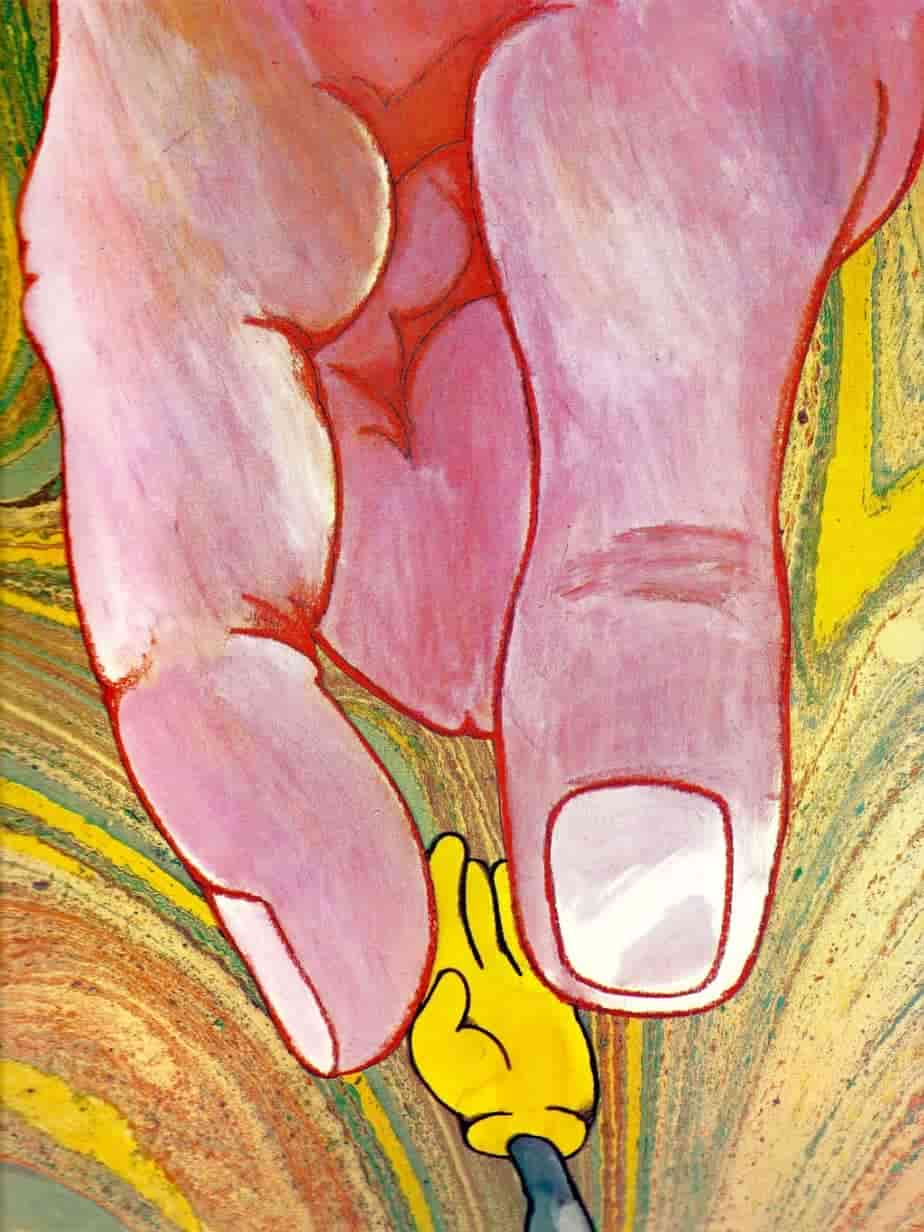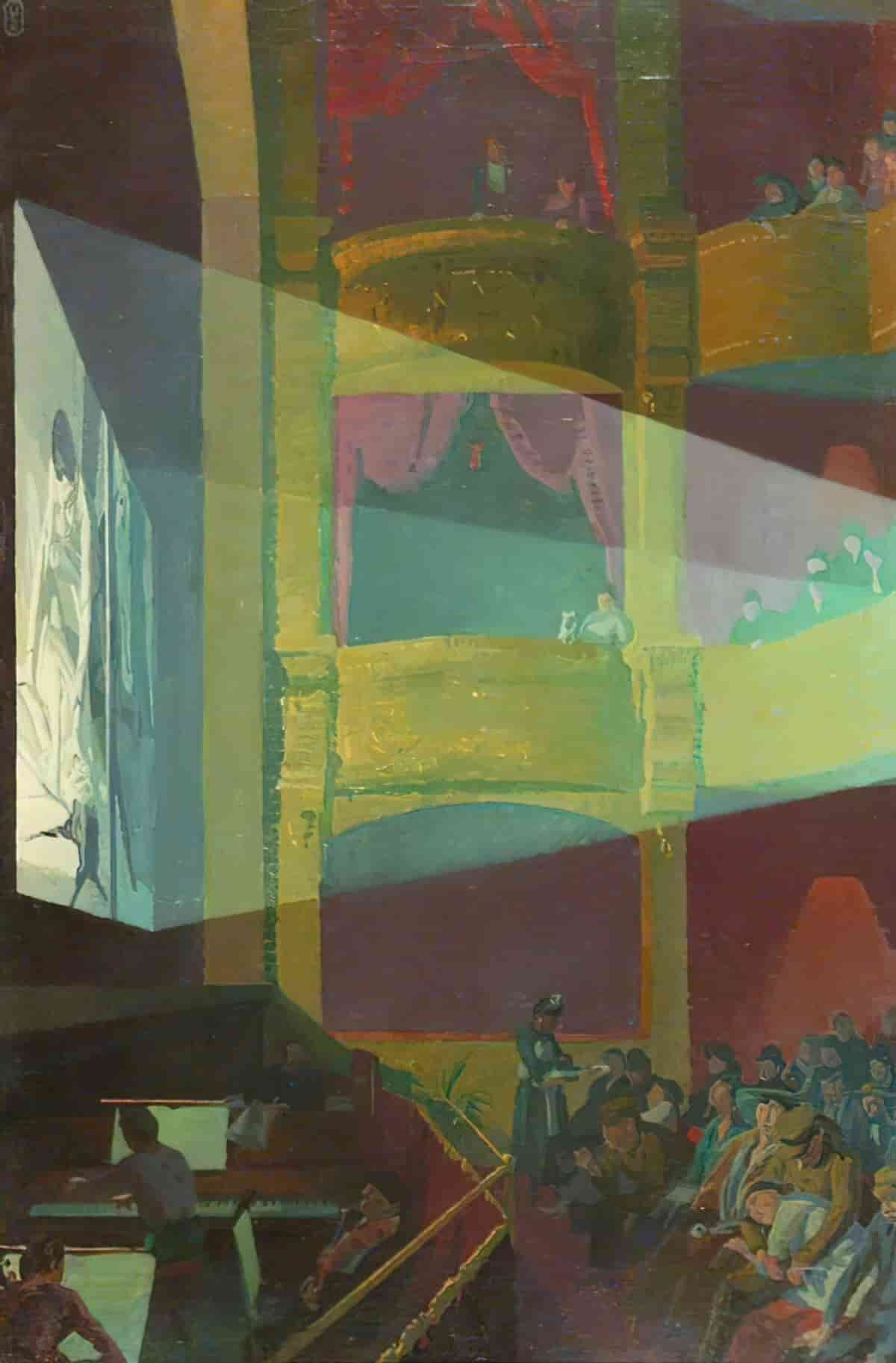We can divide picture books roughly into two types:
- Stage Perspective
- Cinematic Perspective
The Stage Perspective books look almost as if we are looking at a story acted out on a stage. Cinematic picture books are influenced by film, and make use of various camera angles: high angle, low angle, worm’s eye view, establishing shot and so on.
Stage perspective is more common in picture books, I think. The art styles loved in picture books is well-suited to stage perspective: naïve, collage-y, folk arty.
Below, Perry Nodelman summarises the psychological effects of some common cinematic shots and also reminds us that the busyness of the background works in tandem with ‘camera angle’ to convey power, status and control:
Generally speaking, figures seen from below and against less patterned backgrounds stand out and seem isolated from their environment and in control of it; figures seen from above become part of an environment, either secure in it or constrained by it. Also generally speaking, illustrators who make significant use of changing angles tend to be those who emphasize the intense drama of the stories their depict; Van Allsburg and Trina Schart Hyman, both of whom tend to depict highly charged emotions, use extreme views from above and from below in book after book…
As well as viewing their characters from varying angles, picture-book artists can place them against differing sizes of backgrounds, much as movie directors do, in order to focus our attention on specific aspects of their behaviour.
Long shots, which show characters surrounded by a lot of background, imply objectivity and distance; they tell us about how a character’s actions influence his environment, or vice versa.
Middle-distance shots, which show characters filling most of the space from the top to the bottom of a picture, tend to emphasize the relationships between characters.
Close-ups generate involvement with characters by showing us their facial expressions and, presumably, communicating the way they feel…In picture books, close-ups are rare—not surprisingly, for the width of most picture books makes it difficult to show a face without any background behind it. In any case, this is a literature of action rather than of character, and the emphasis is on events and relationships rather than on subtleties of feeling. If close-ups are used at all in picture books, they tend to be on the front cover or dust jacket and to operate more as an introduction to a character’s appearance than as a way of revealing character.
Words About Pictures, Perry Nodelman
Examples Of Stage Perspective In Picture Books
- Z Is For Moose by Kelly Bingham and Paul O. Zelinksy
- Miss Rumphius by Barbara Cooney
- This Moose Belongs To Me by Oliver Jeffers
- Jon Klassen’s Hat Books e.g. This Is Not My Hat
- Mo Willem’s books e.g. Elephant and Piggie
- Mercer Mayer’s work
- Maurice Sendak’s work
Although stage perspective is common in picture books, even stage perspective picture books quite often open with a high angle establishing shot such as this one by Trina Schart Hyman.
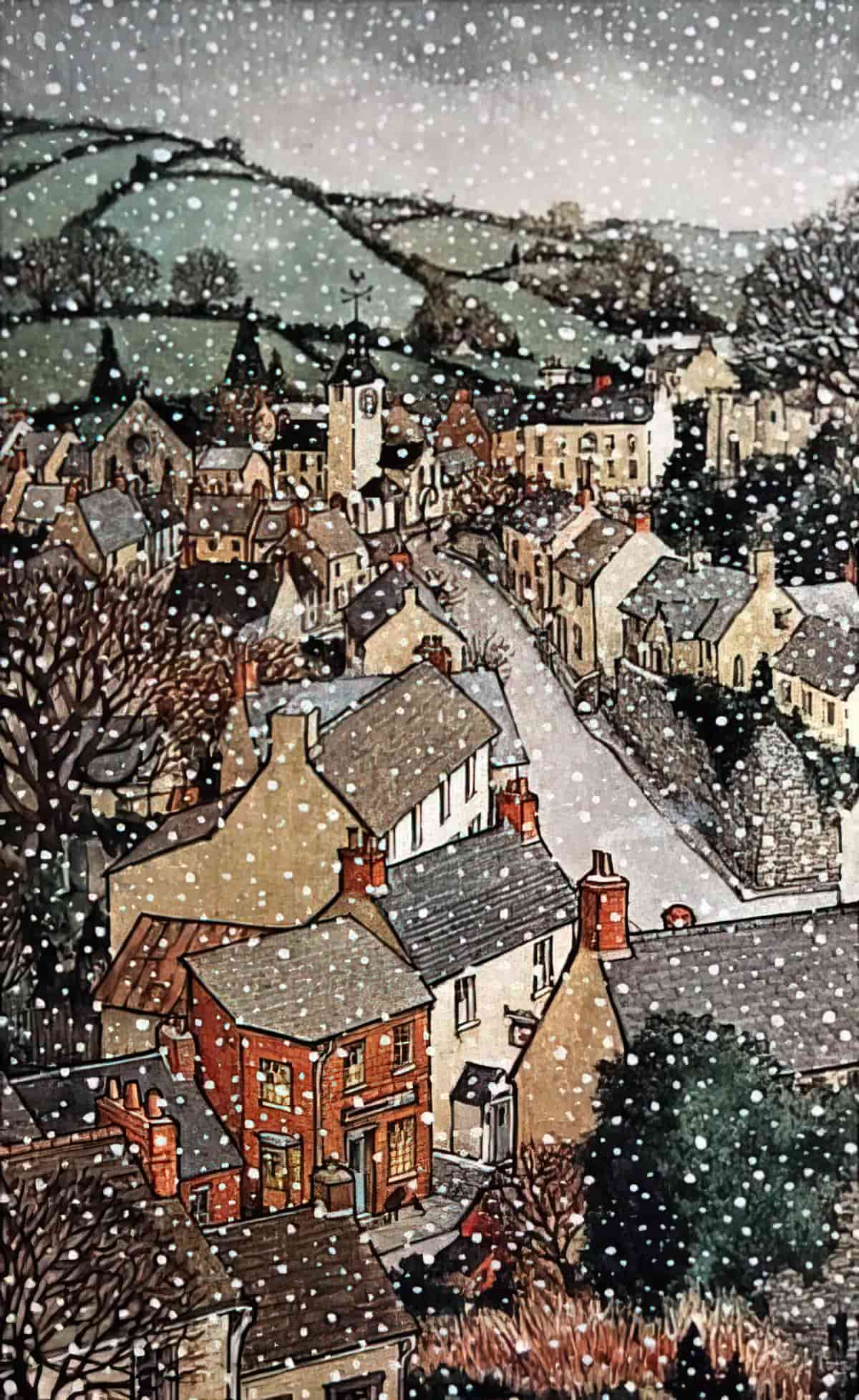
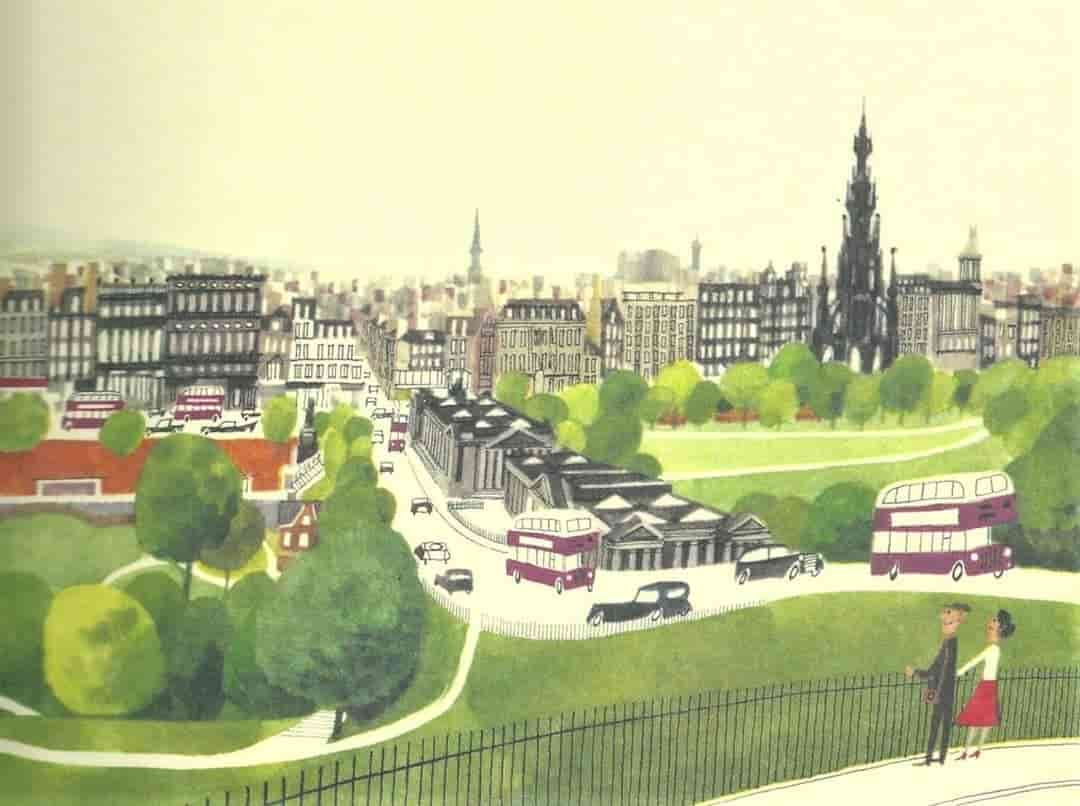
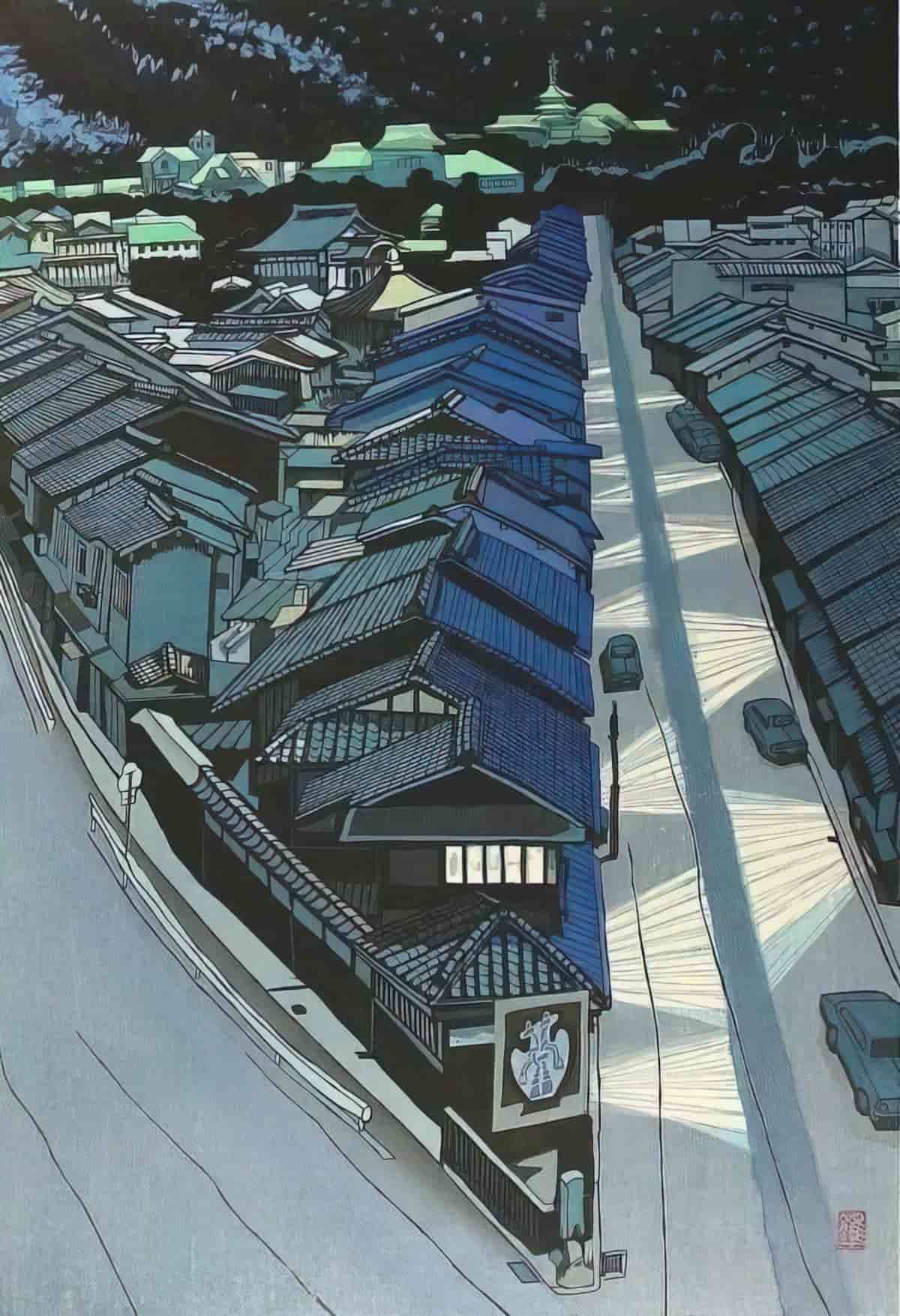
Examples of Cinematic Perspective
The picture book oft credited for bringing cinematic perspective to picture books is Ferdinand The Bull.
But I think we can find older picture books with cinematic perspective. Check out H.C. Andersen’s “The Farmyard and the Weathercock” below, from Twee Haven, illustrated by Theo van Hoytema in 1898.
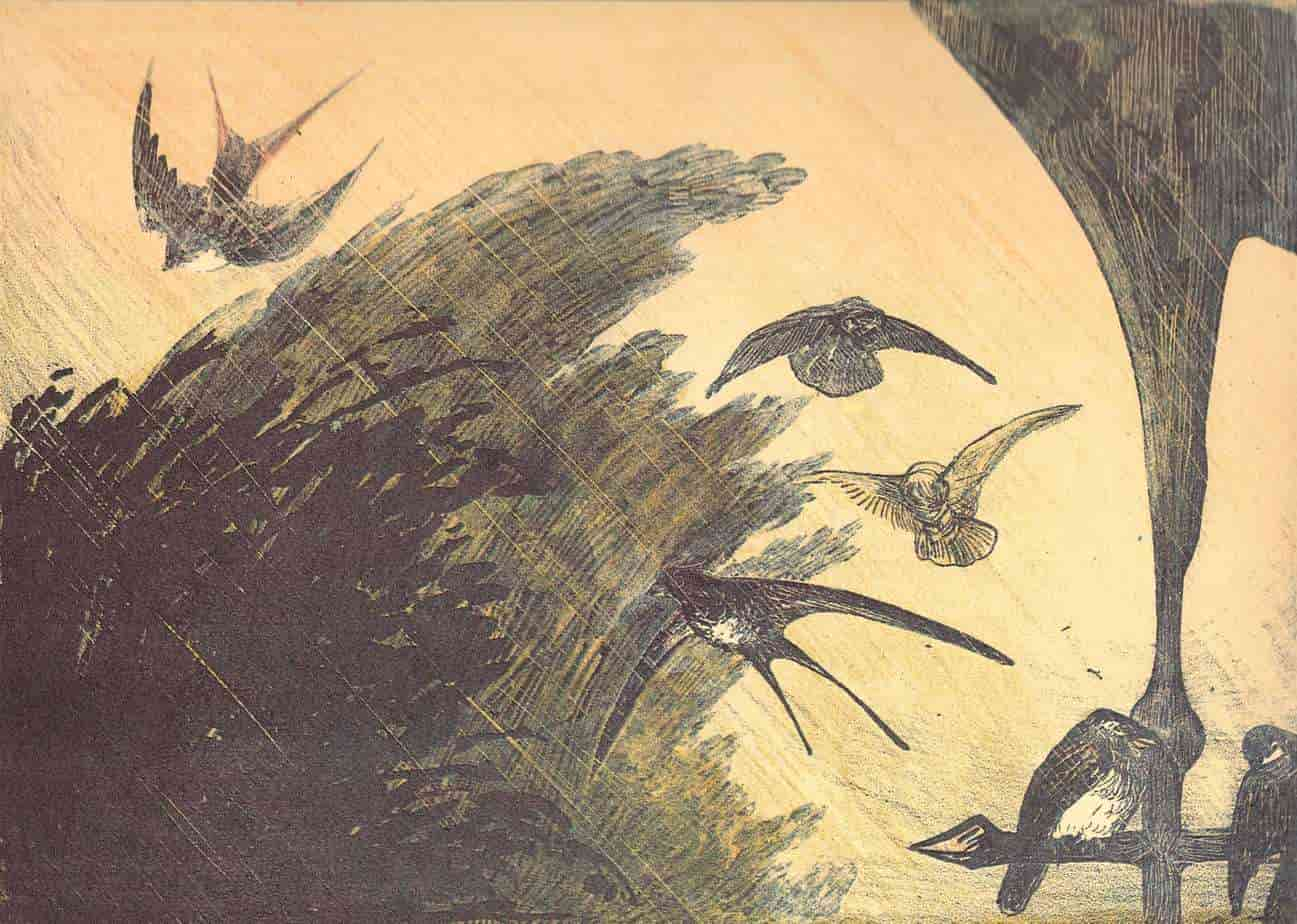
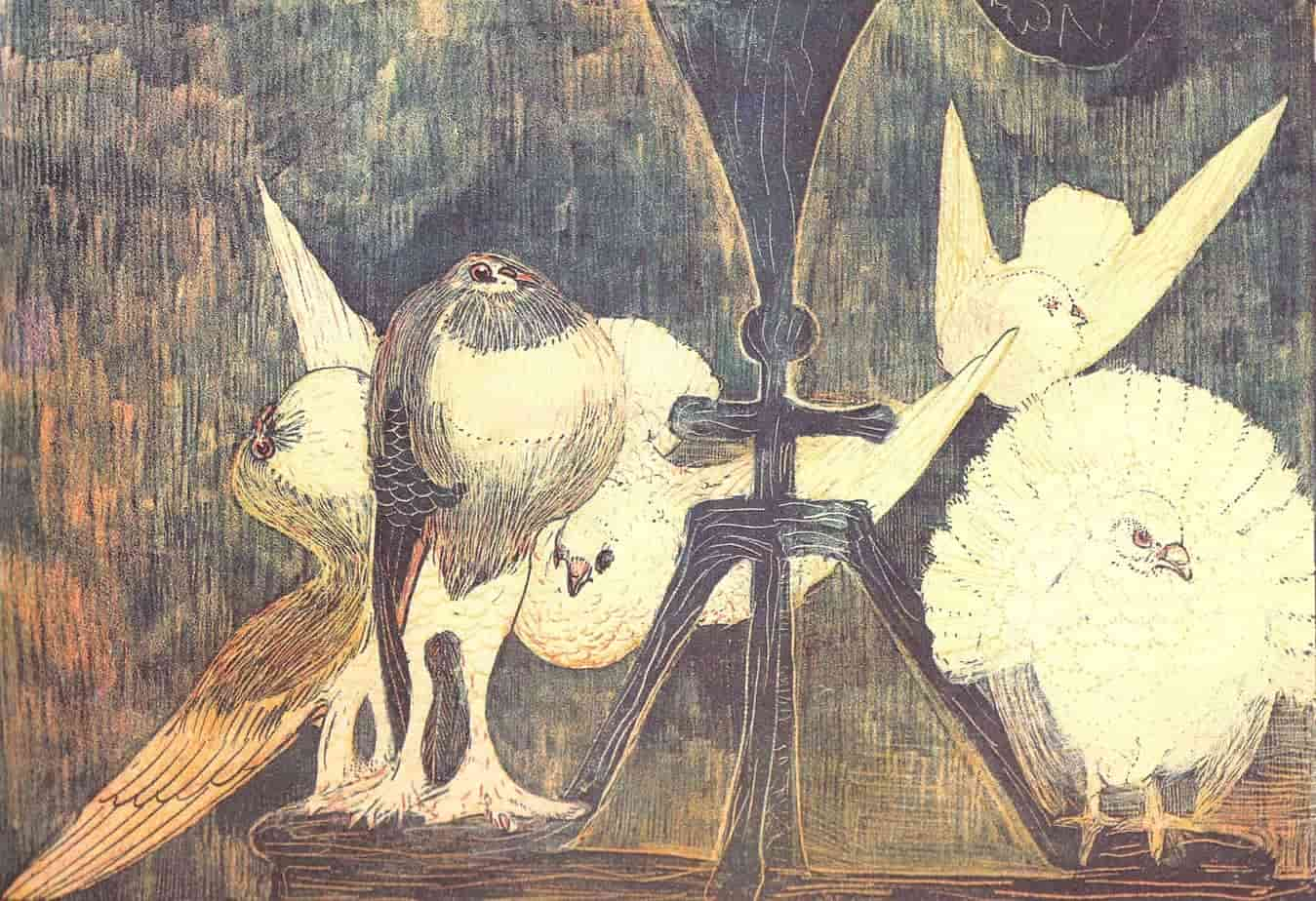
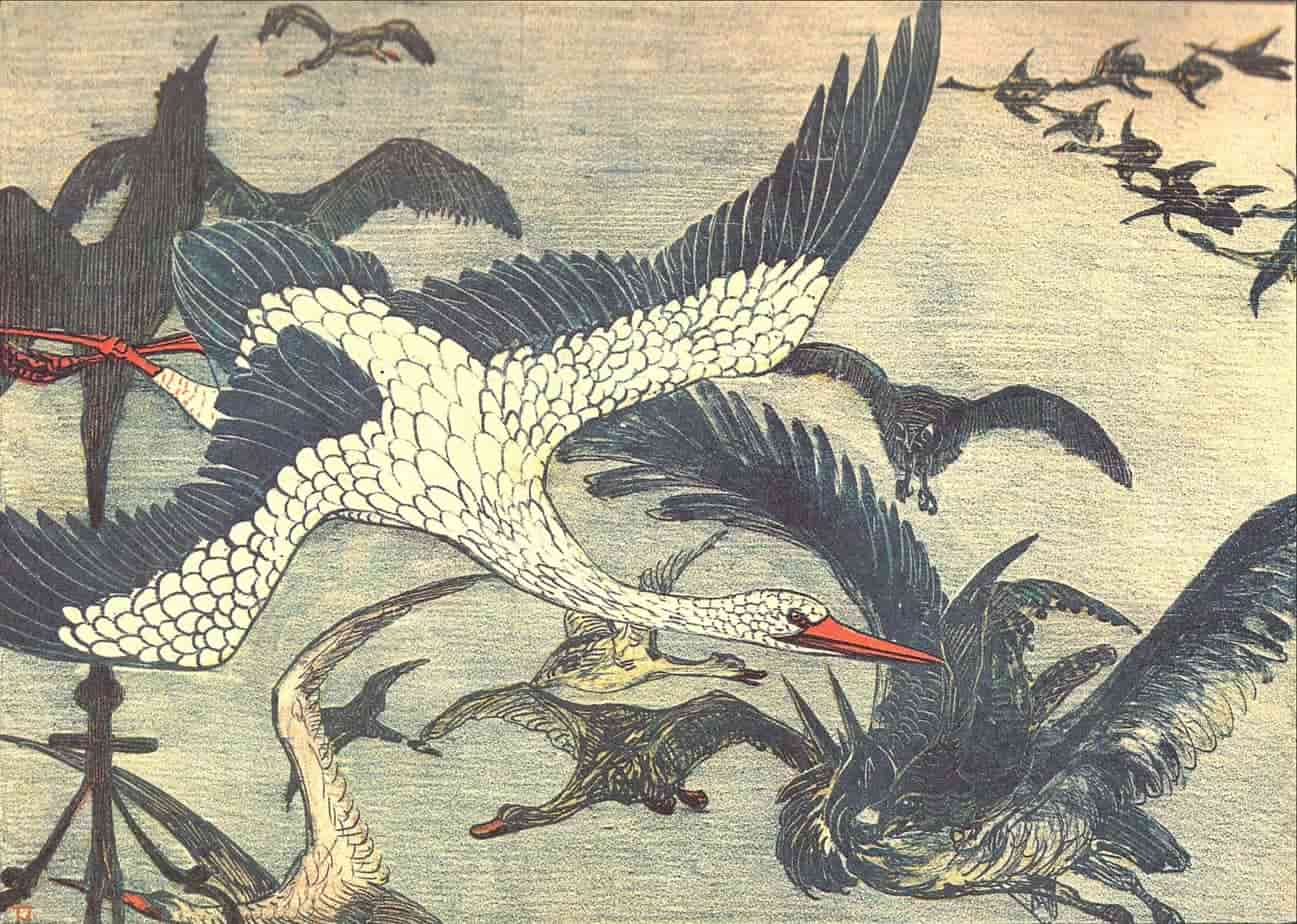
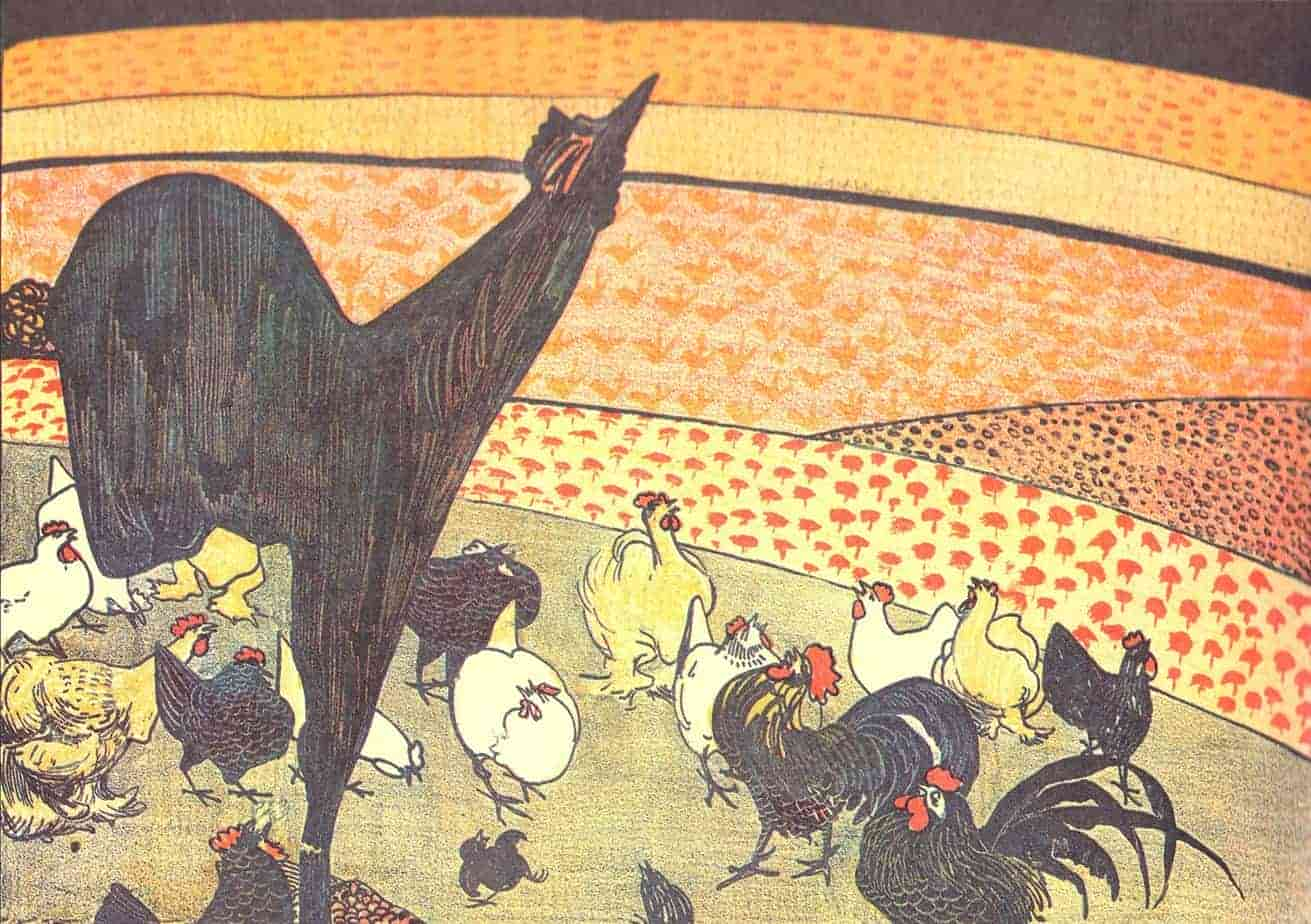
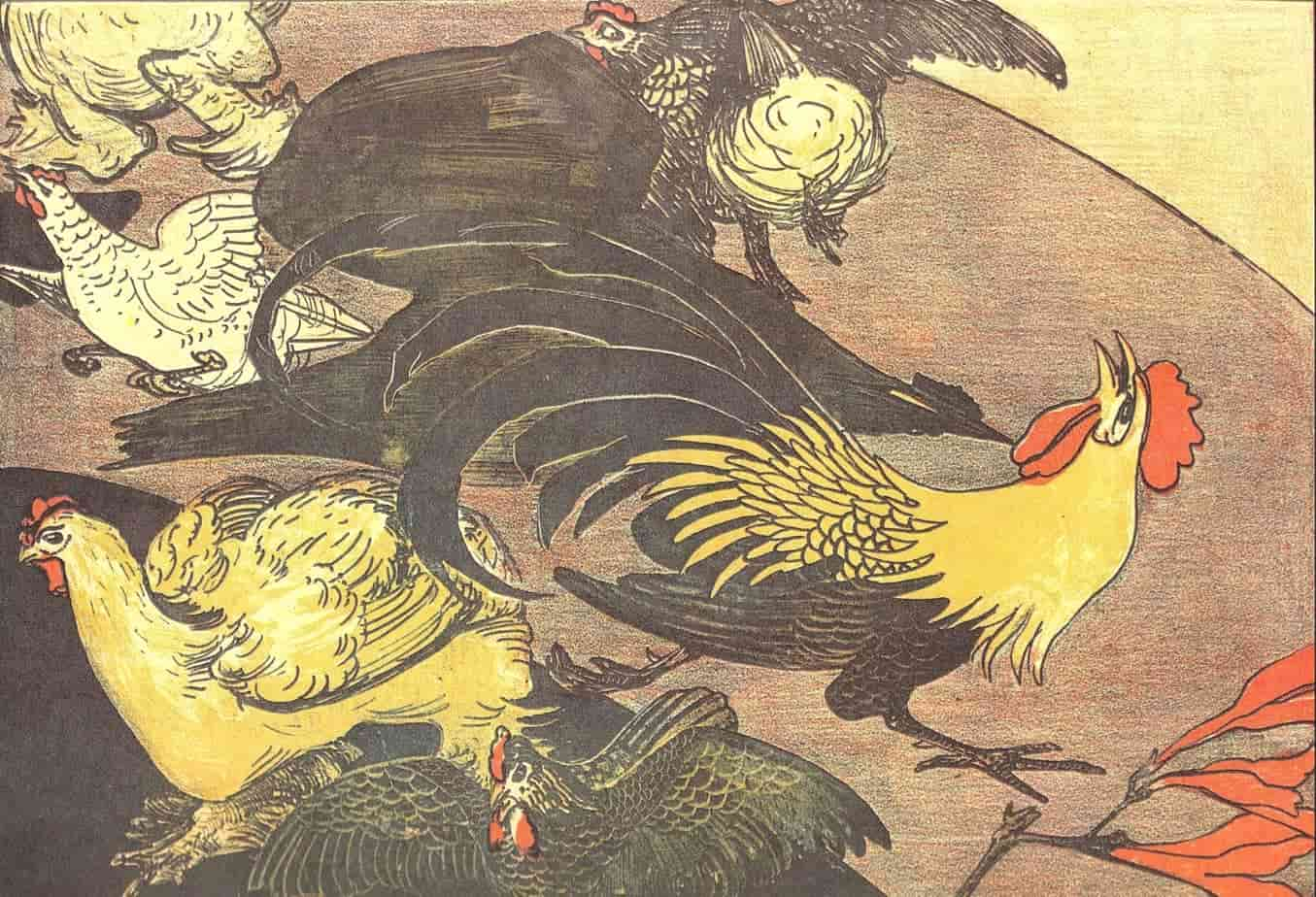
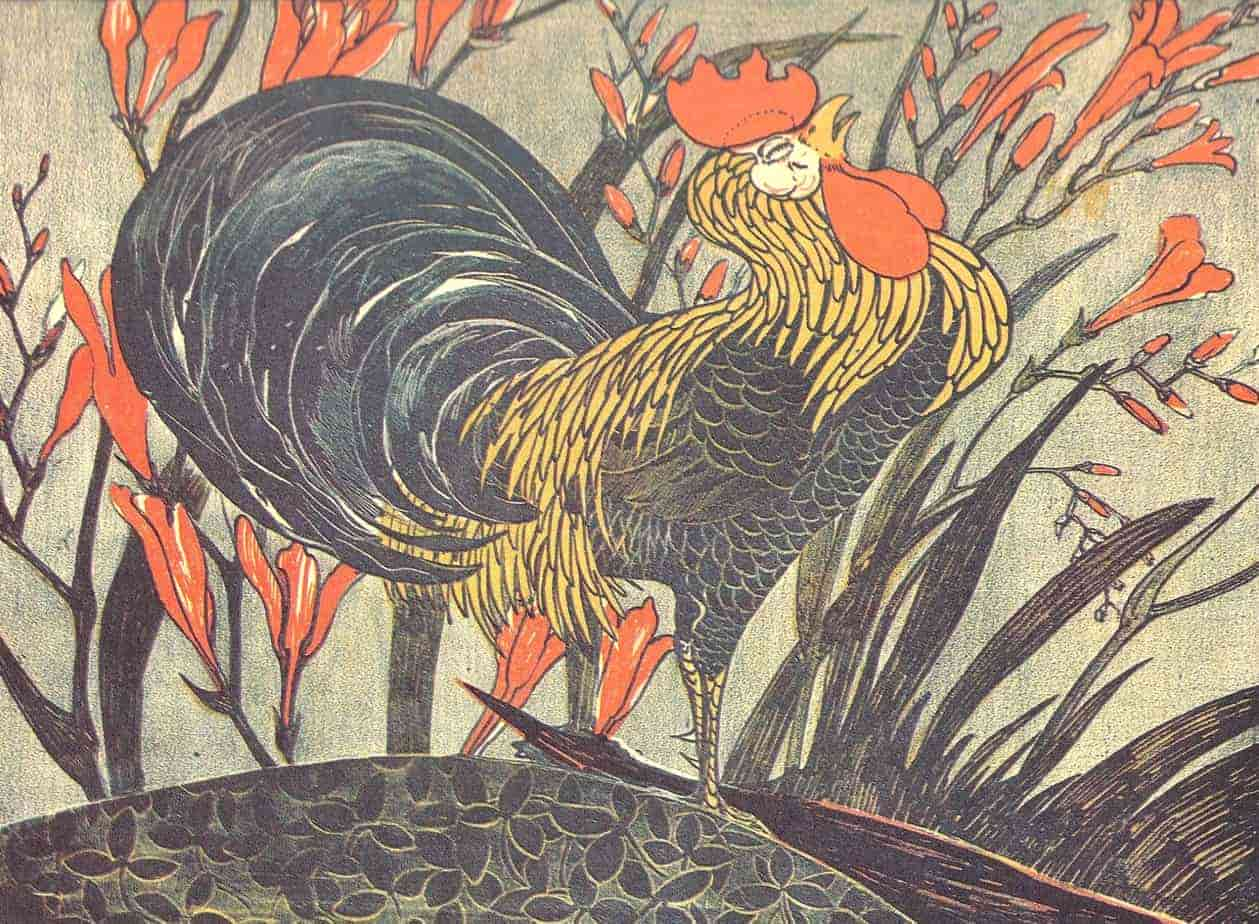
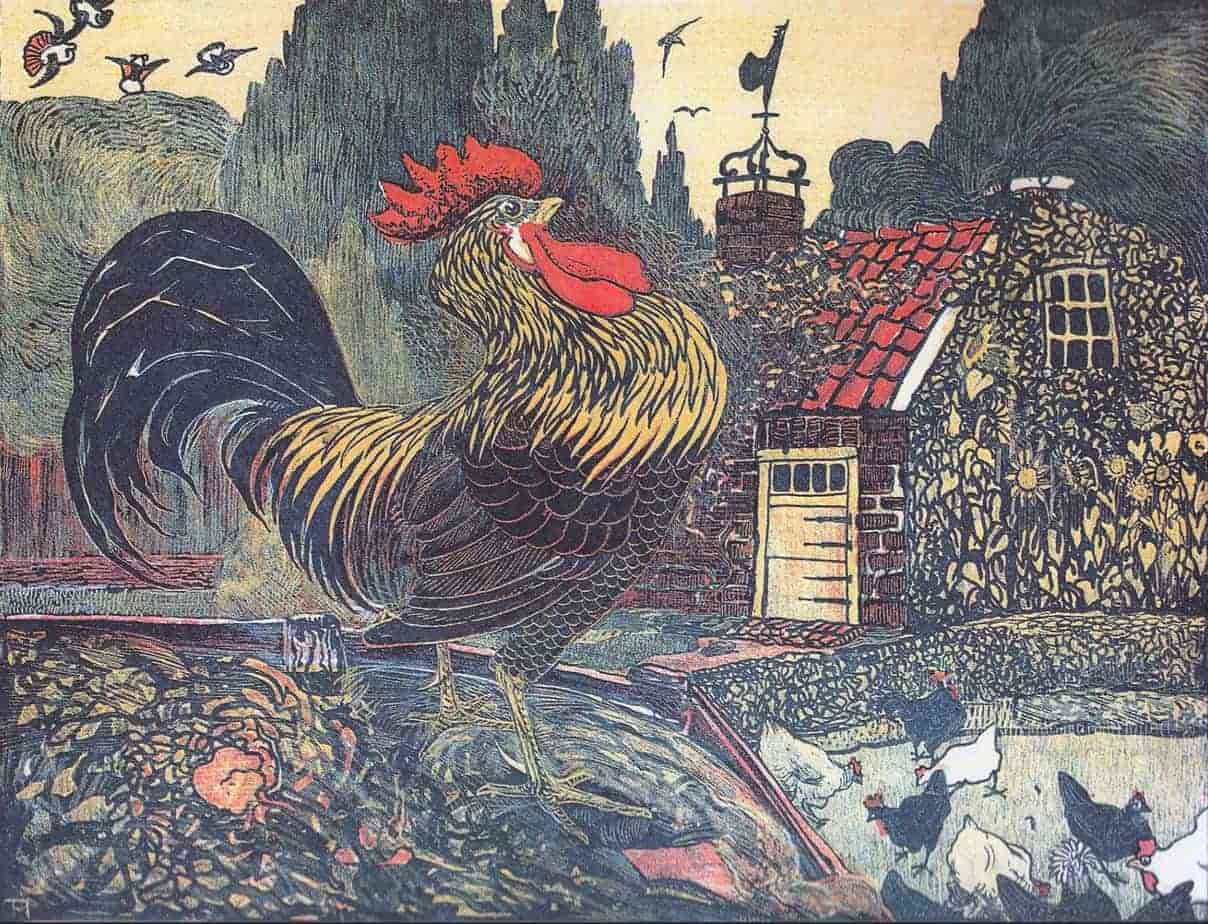
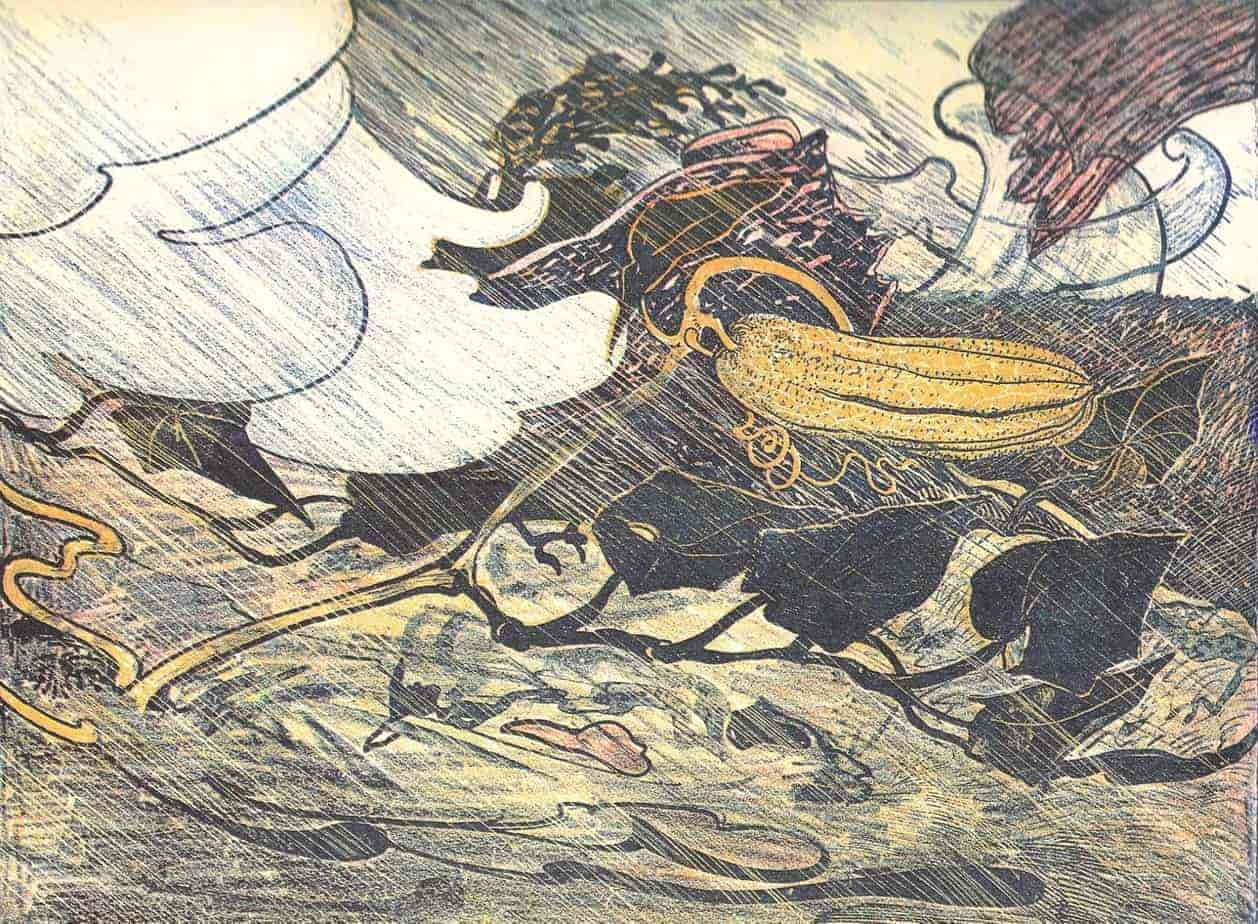
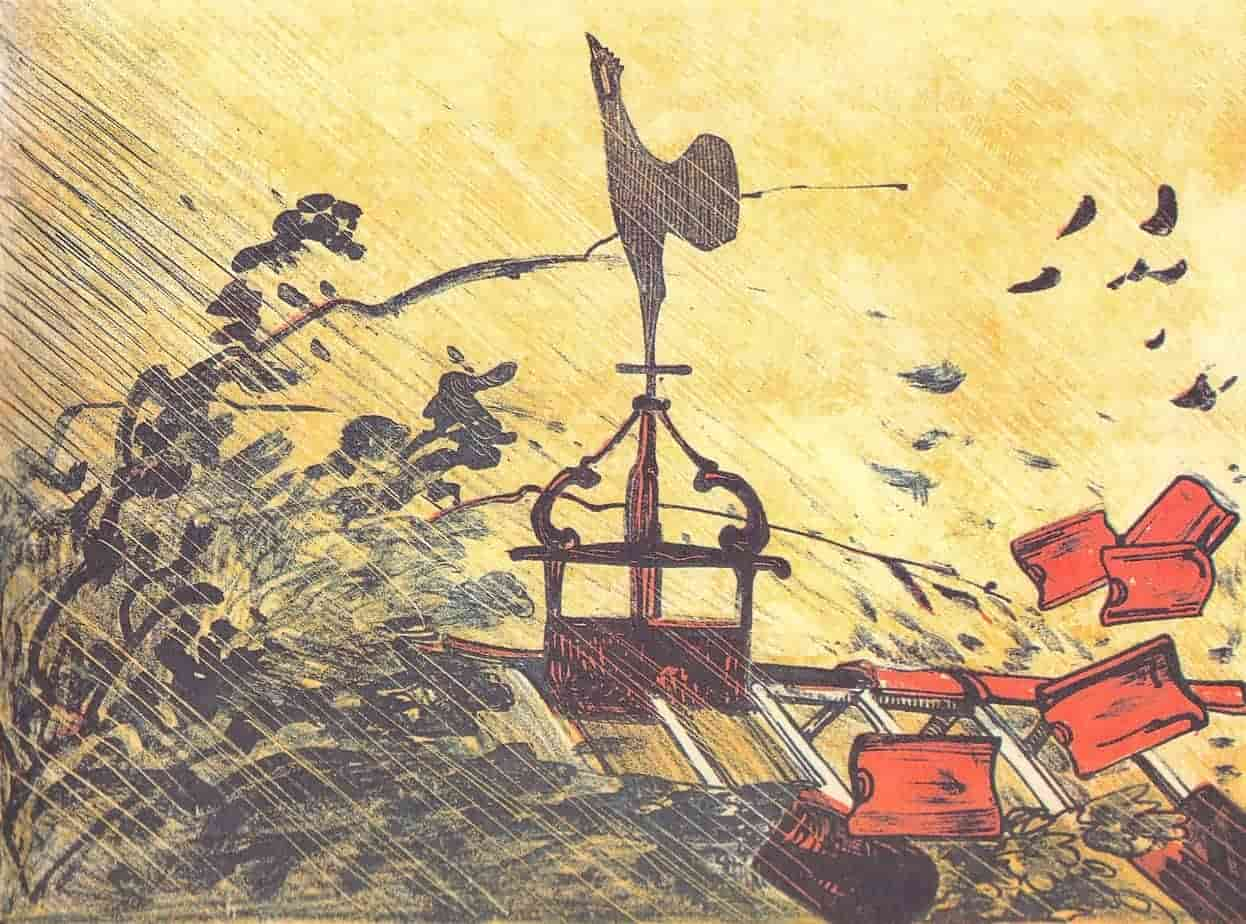
Low Angle Perspective
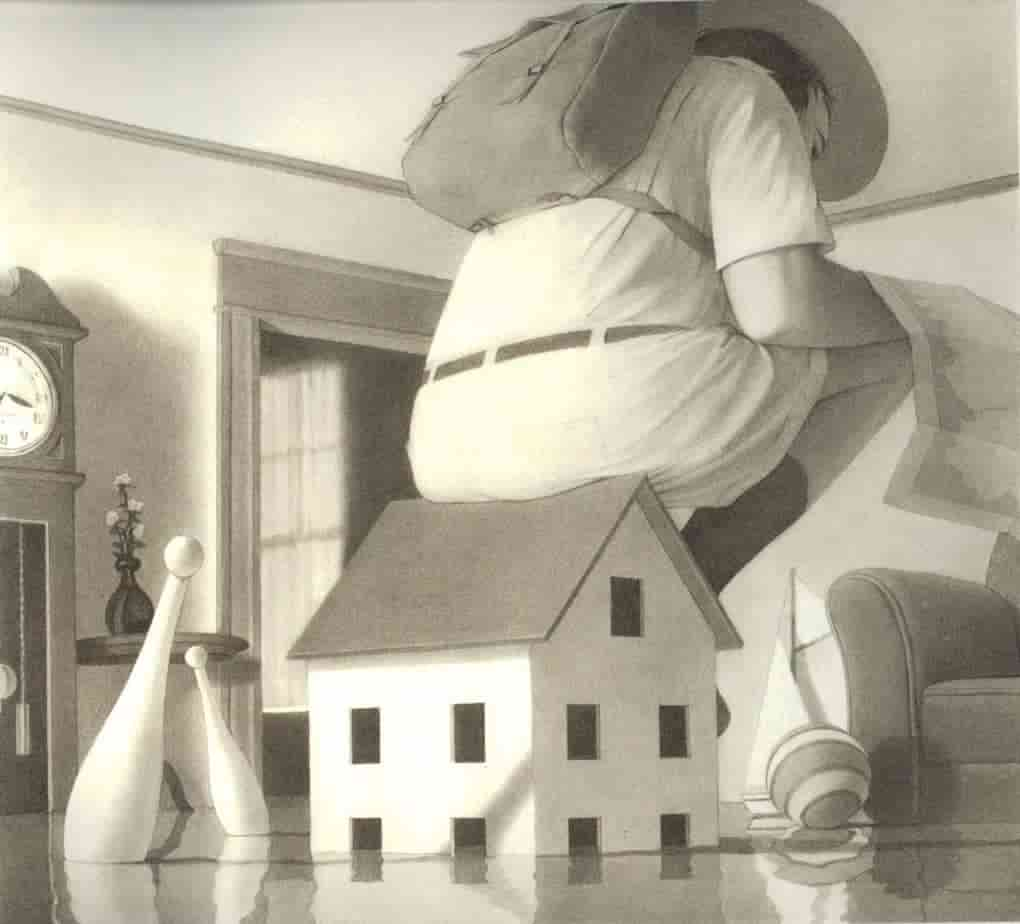

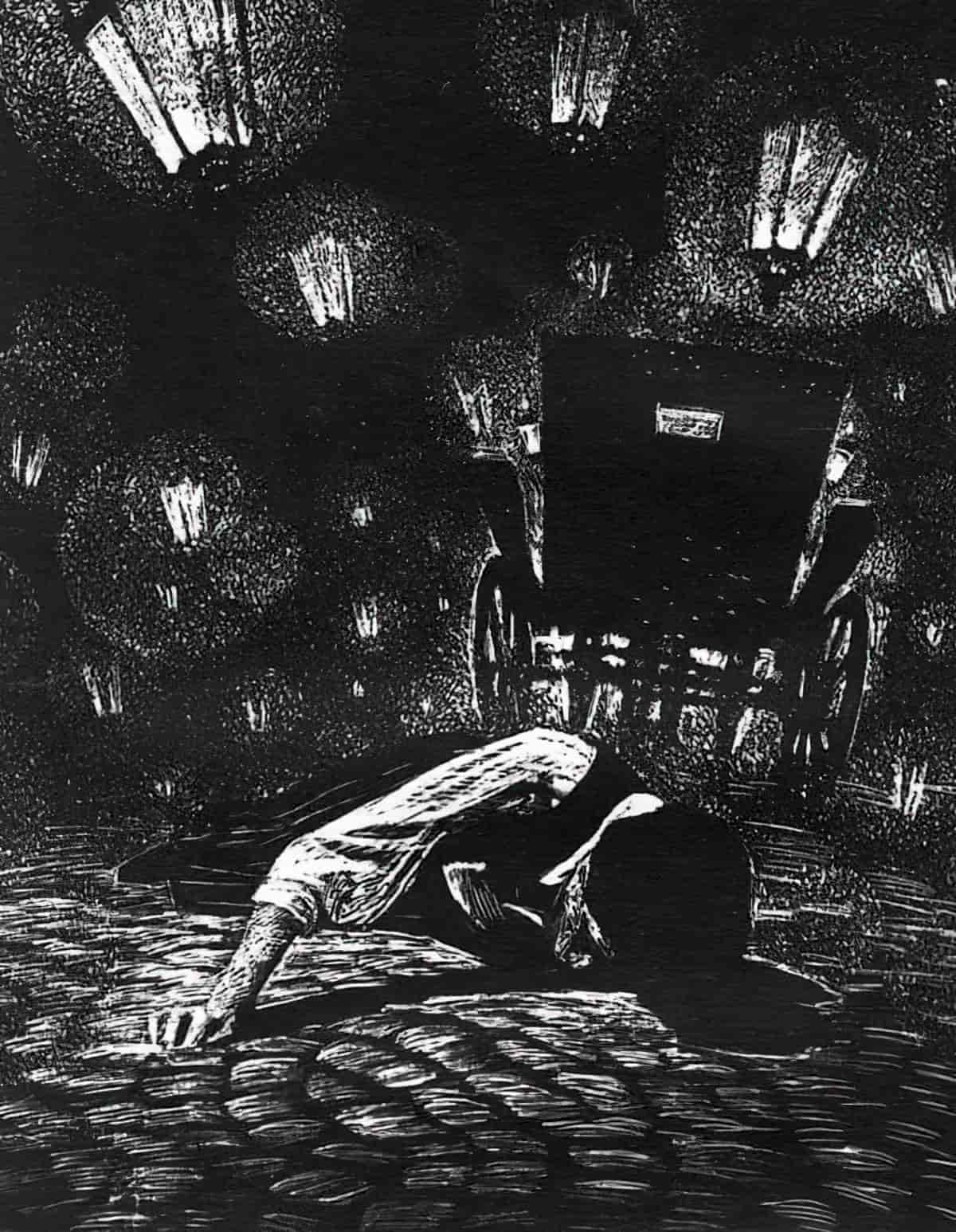
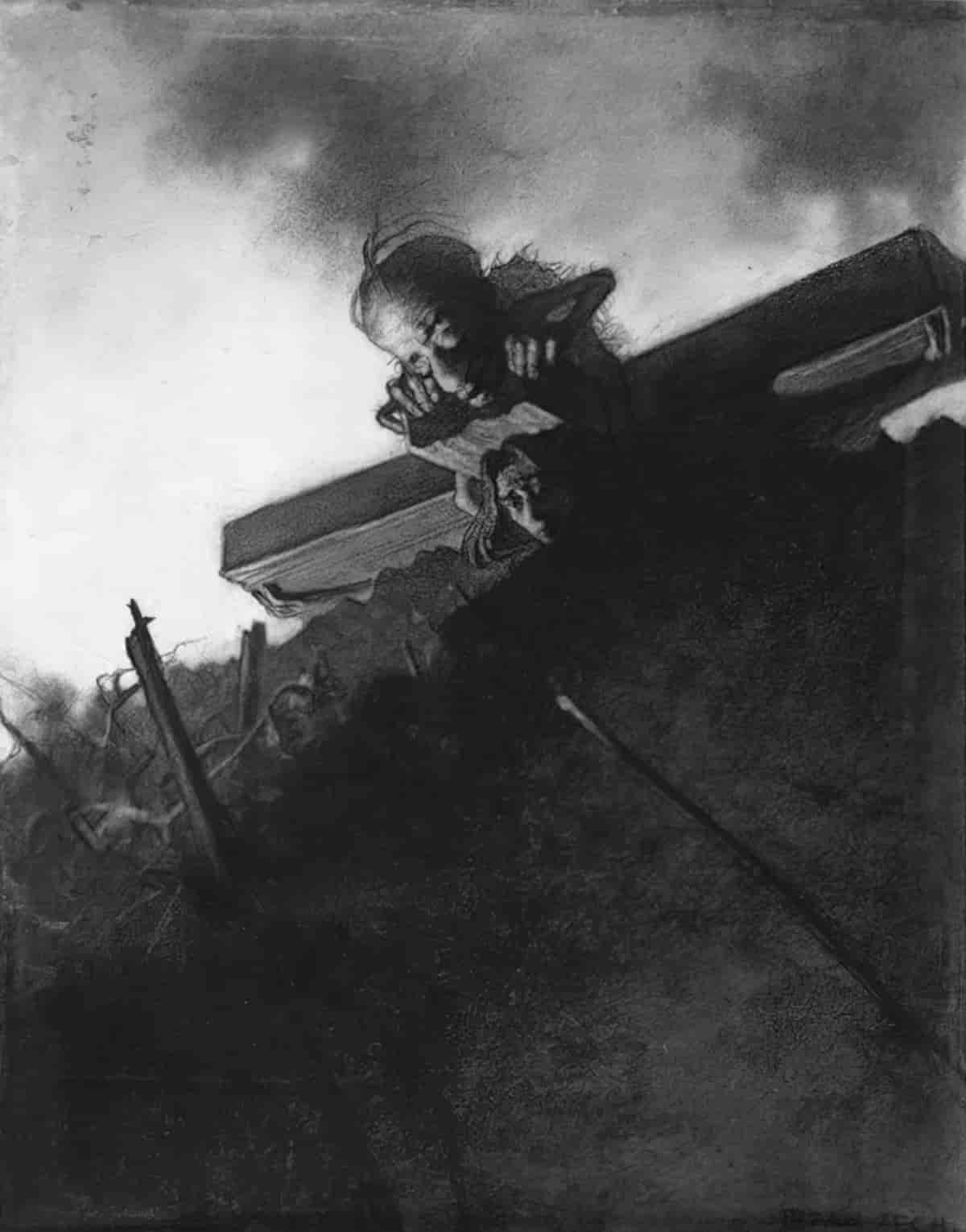
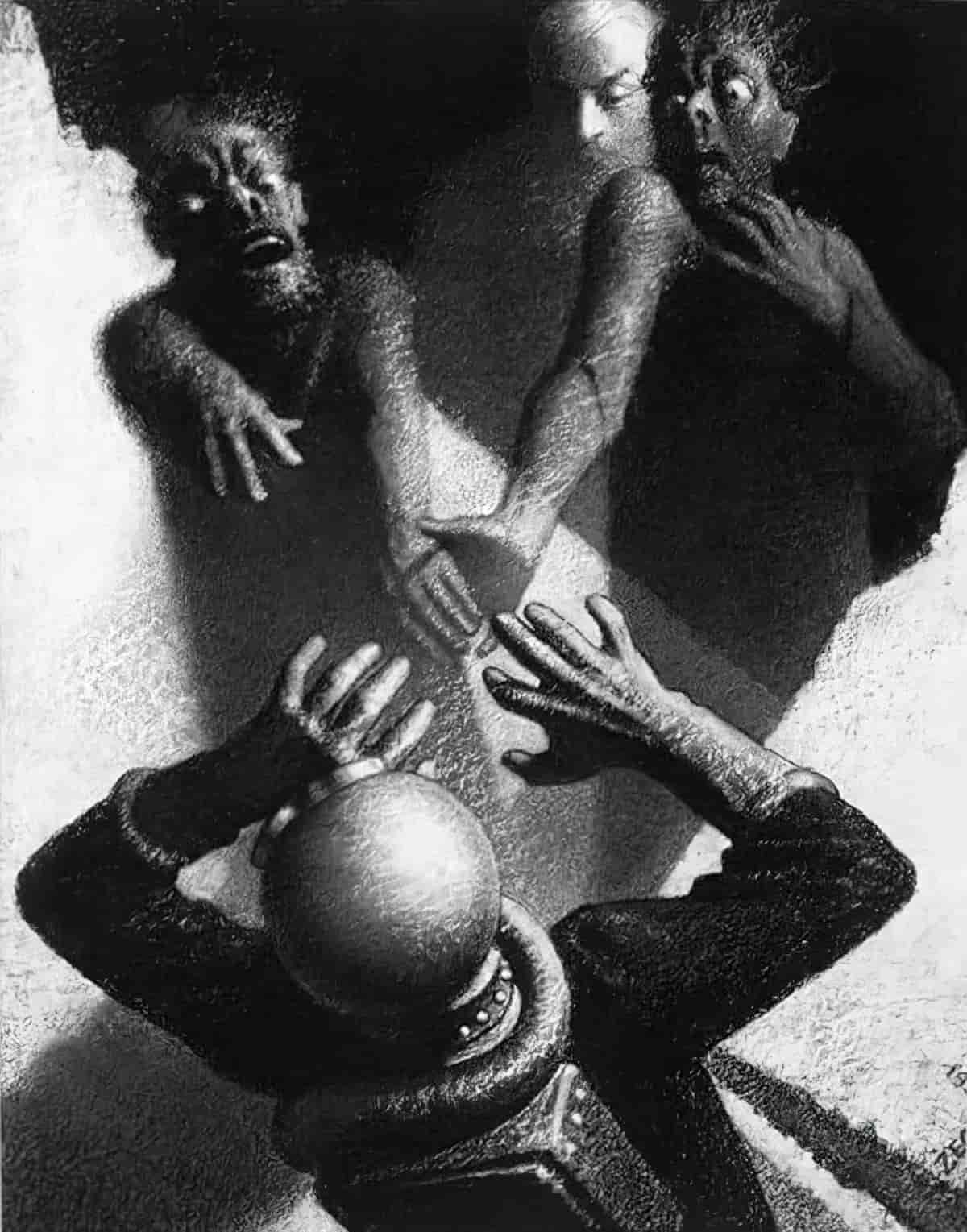
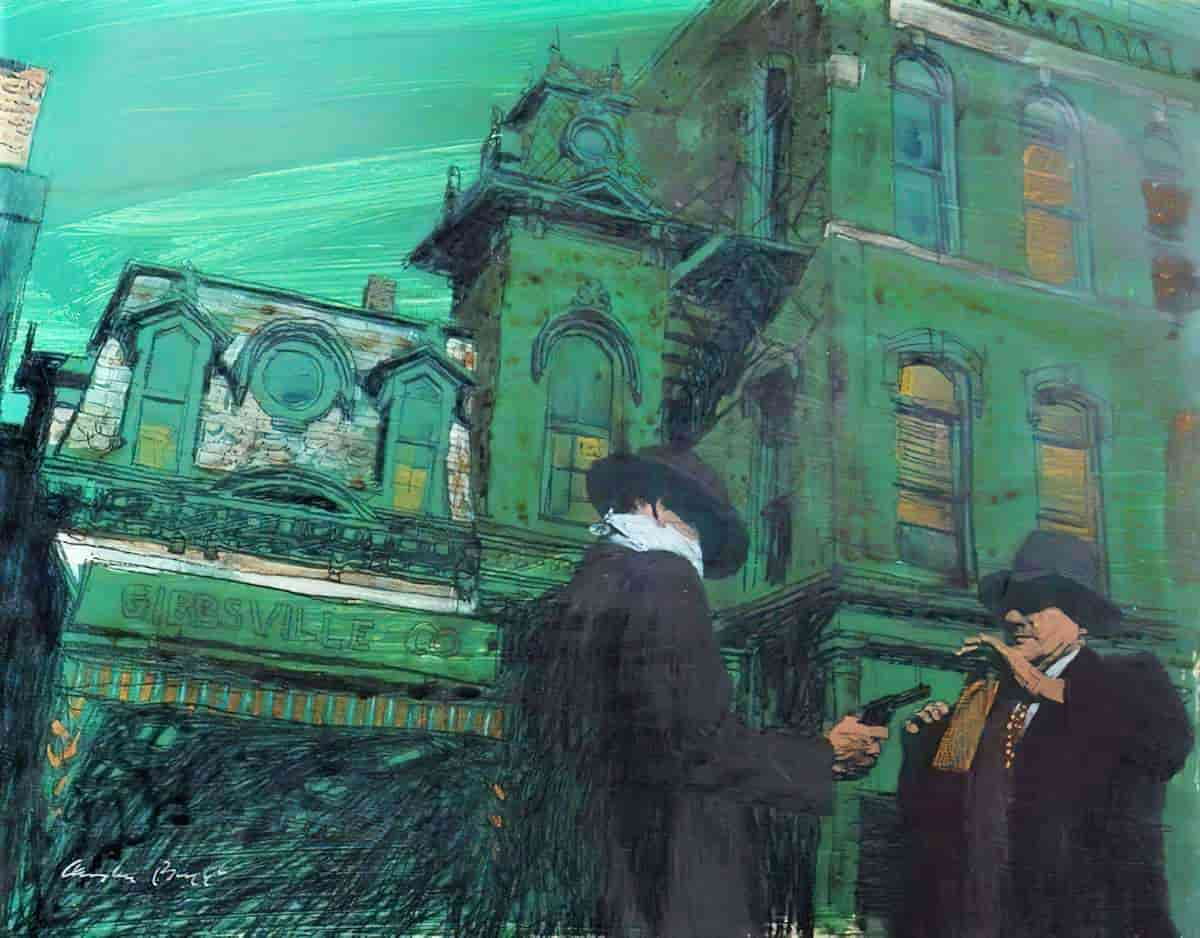
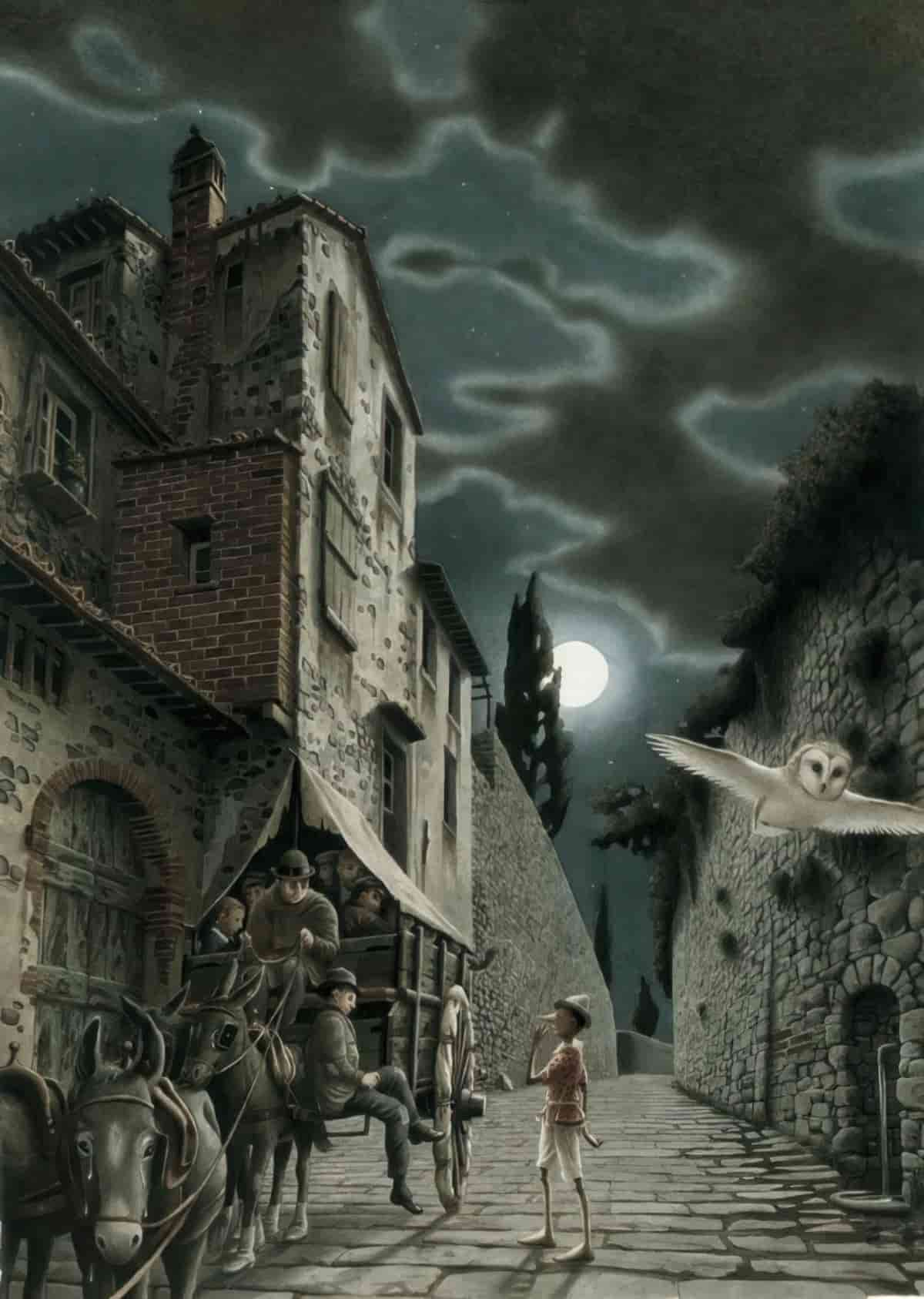
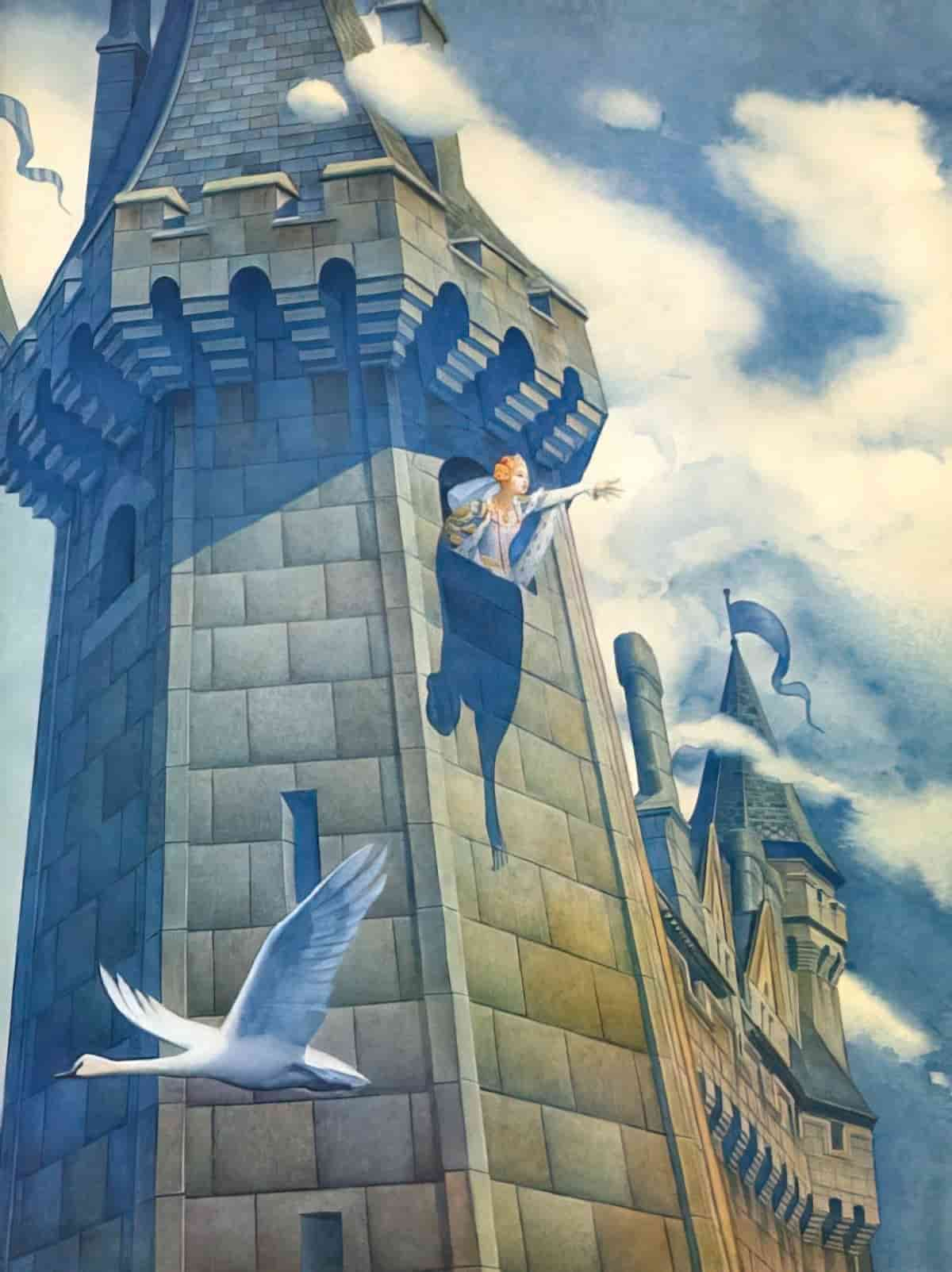
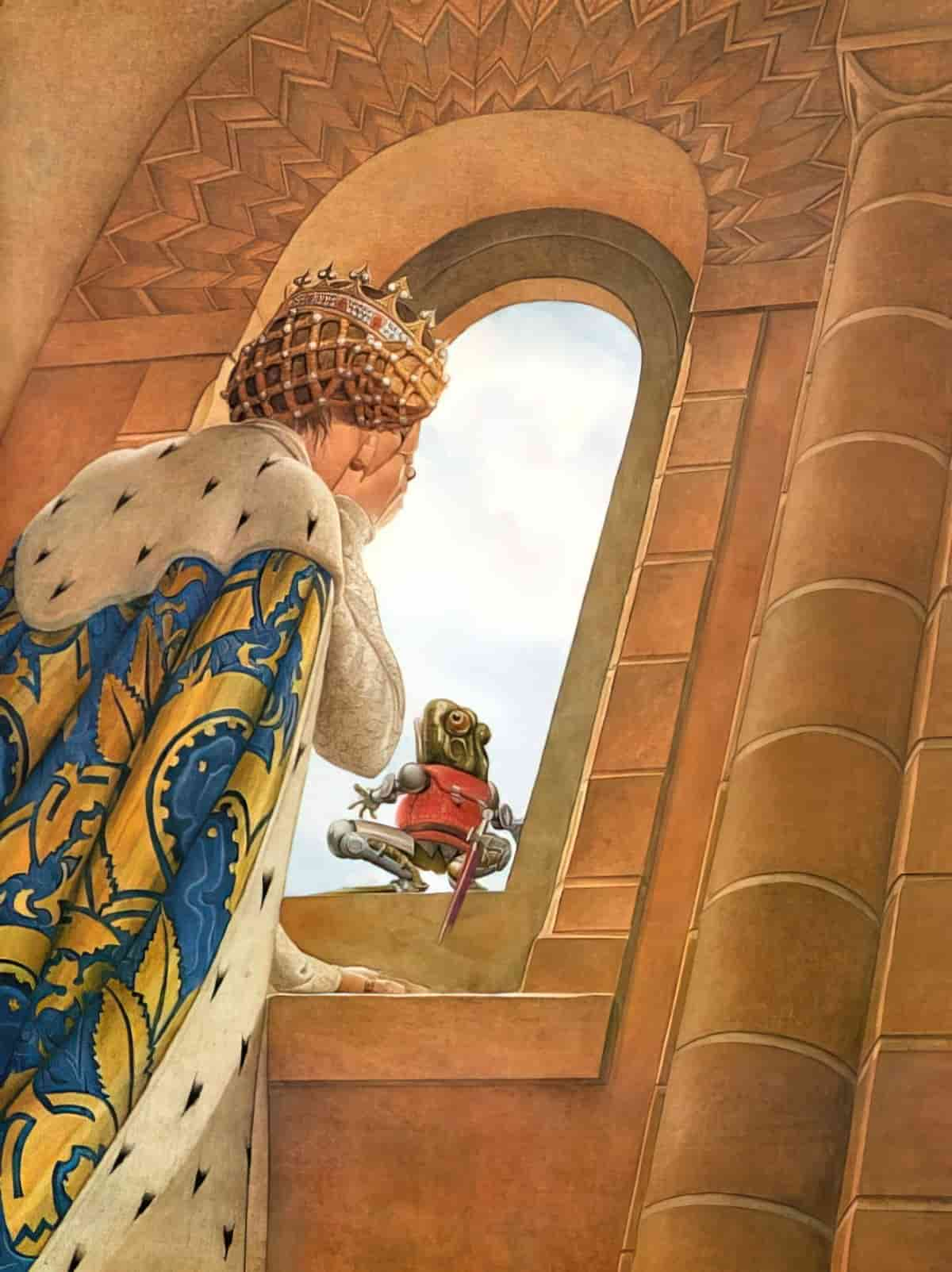
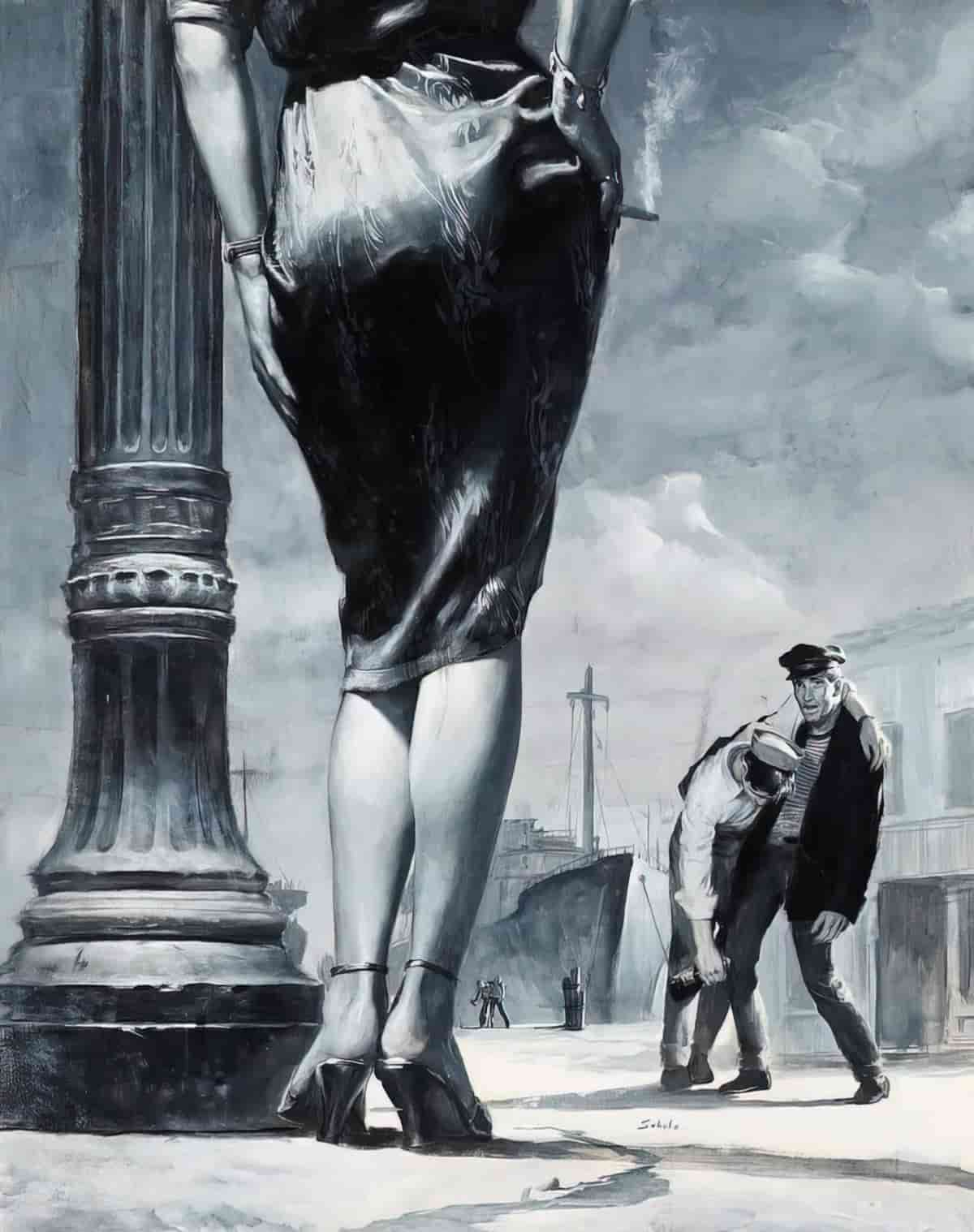
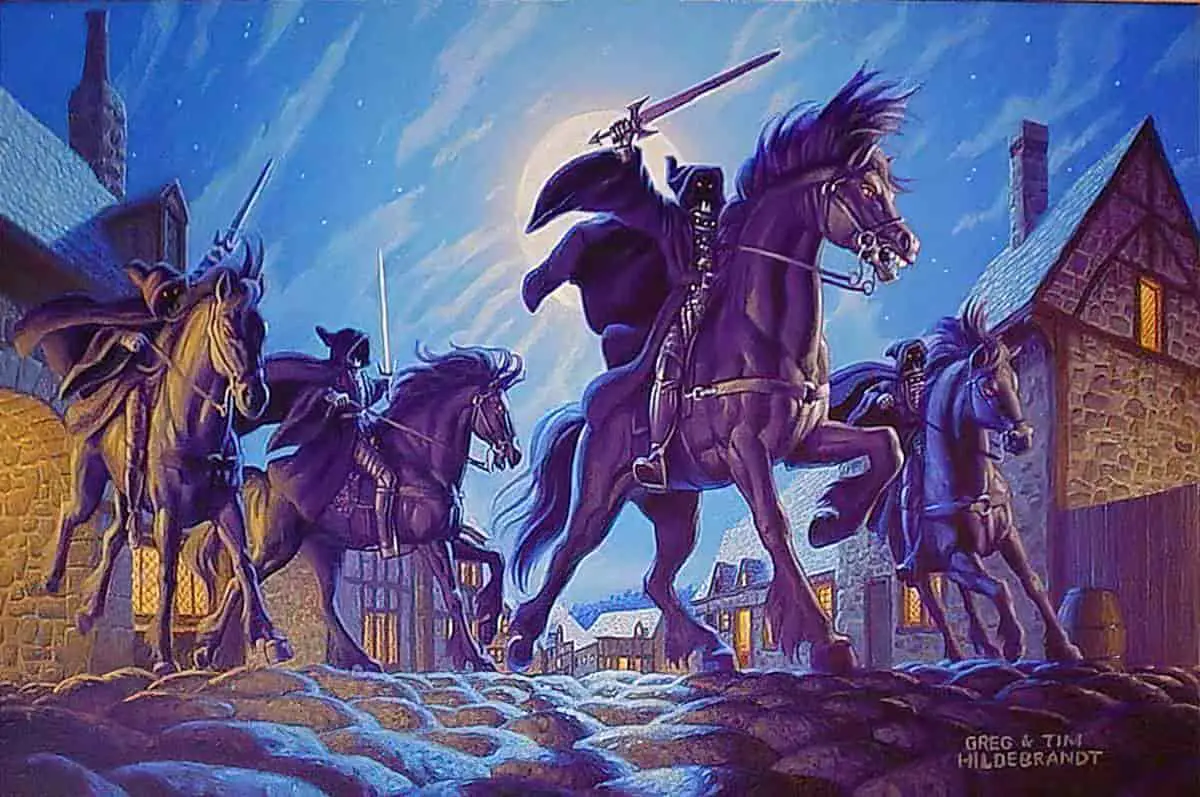
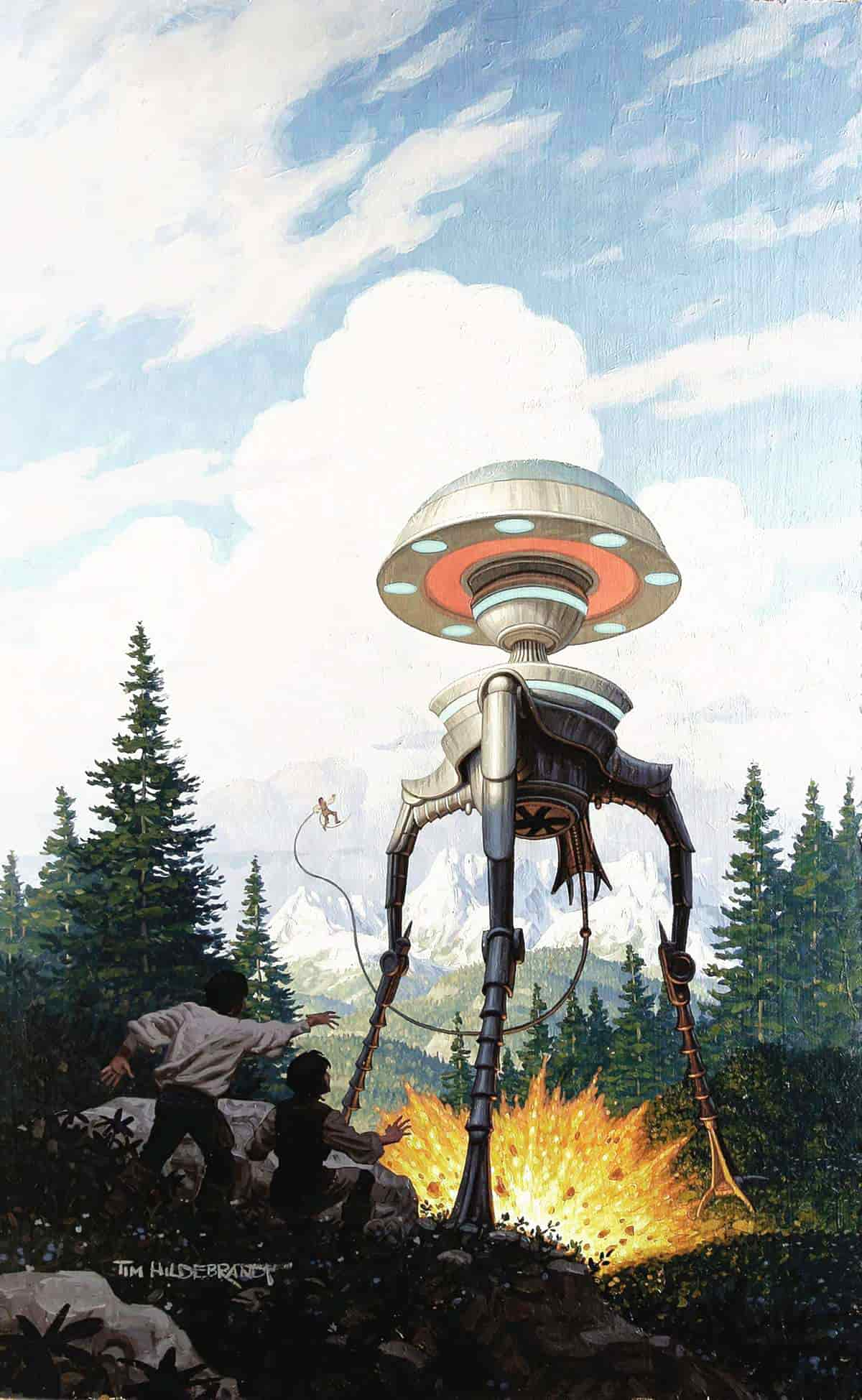
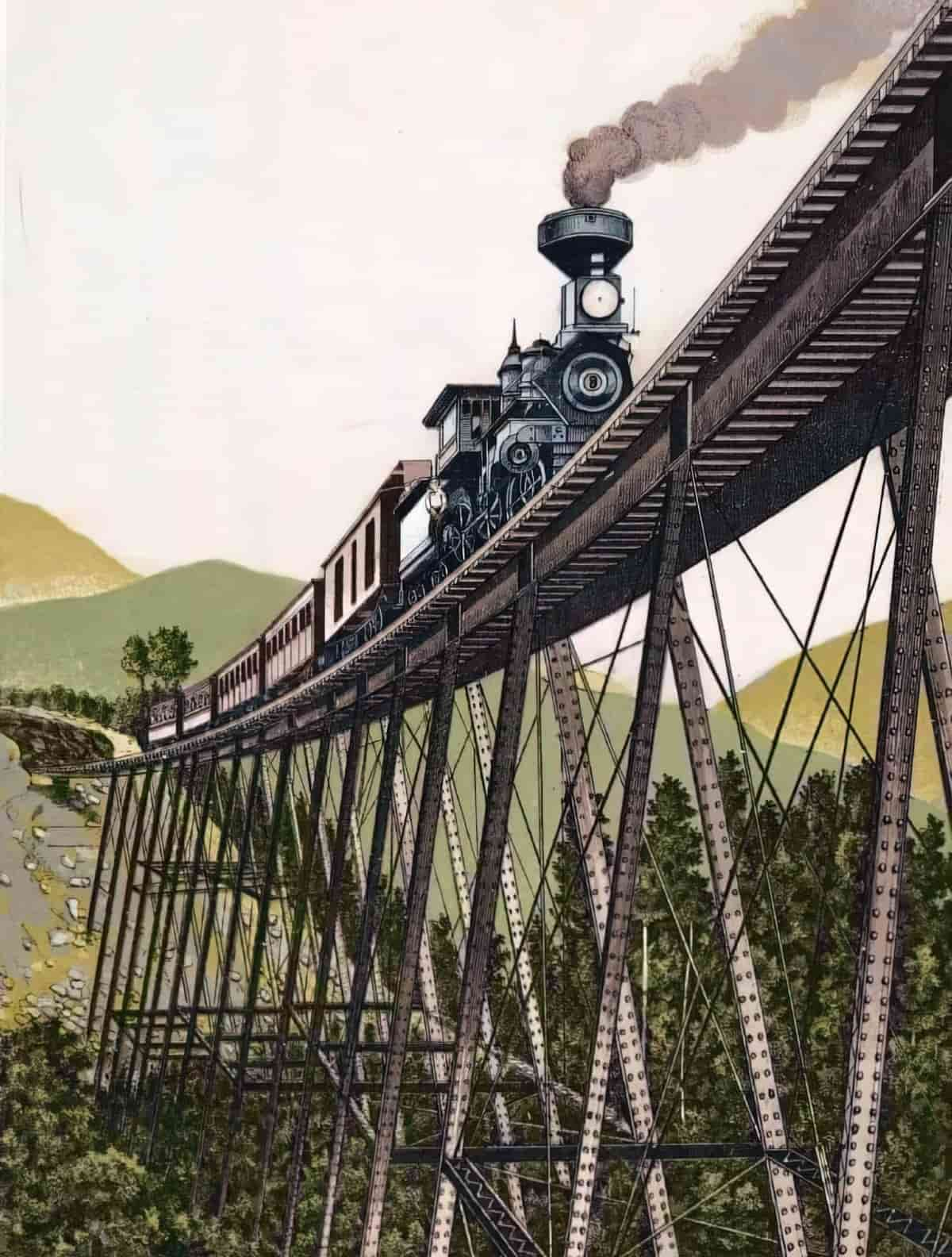
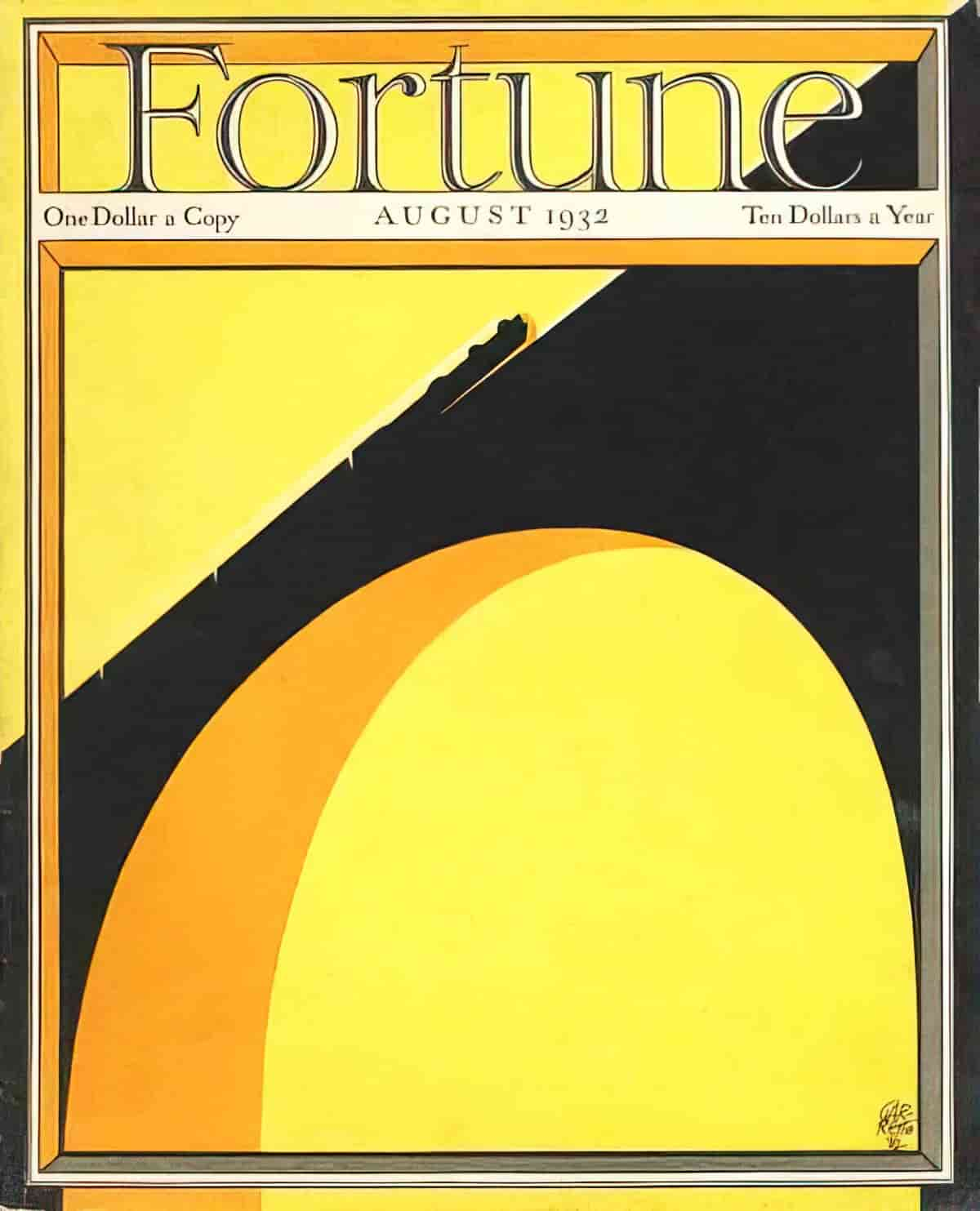
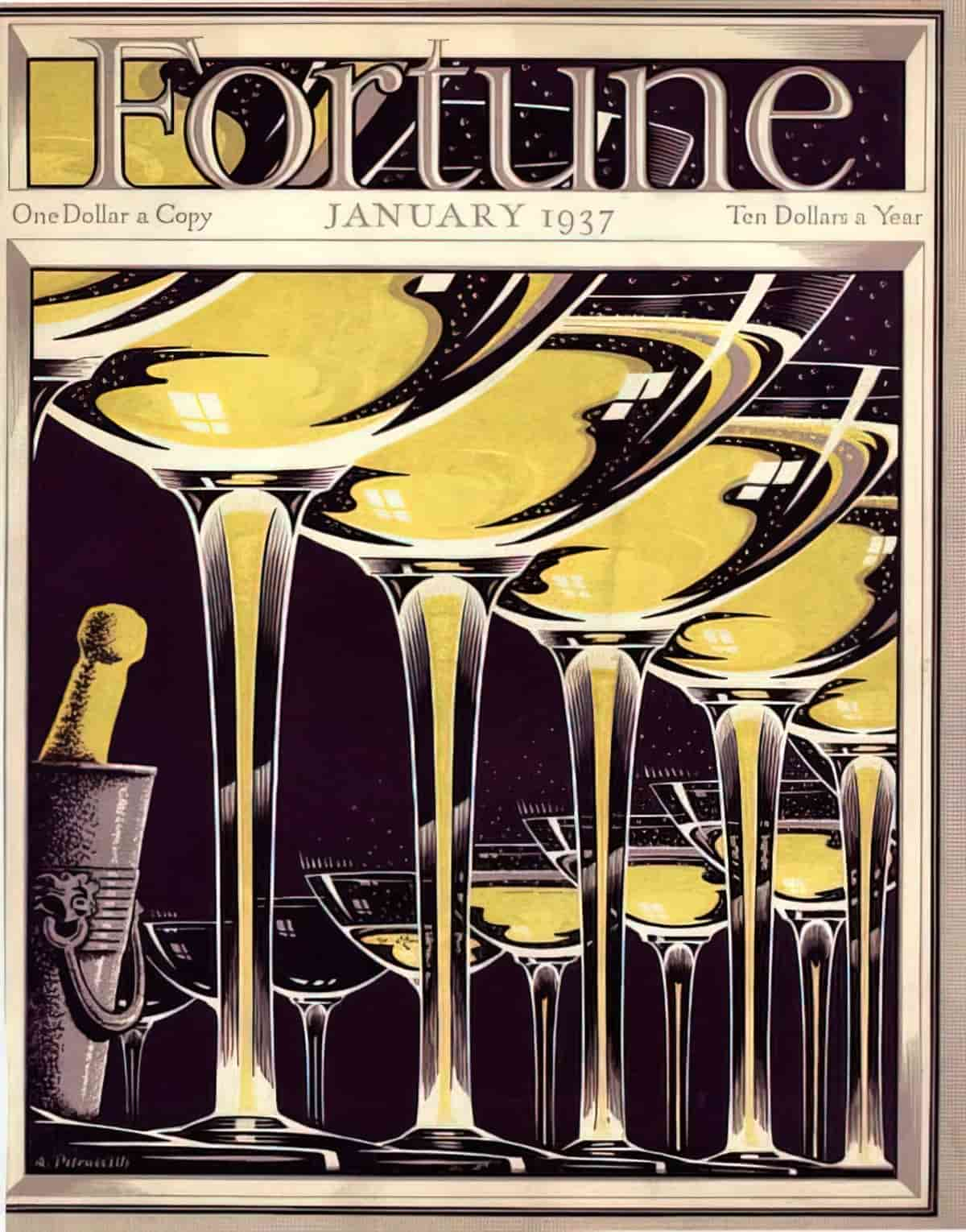
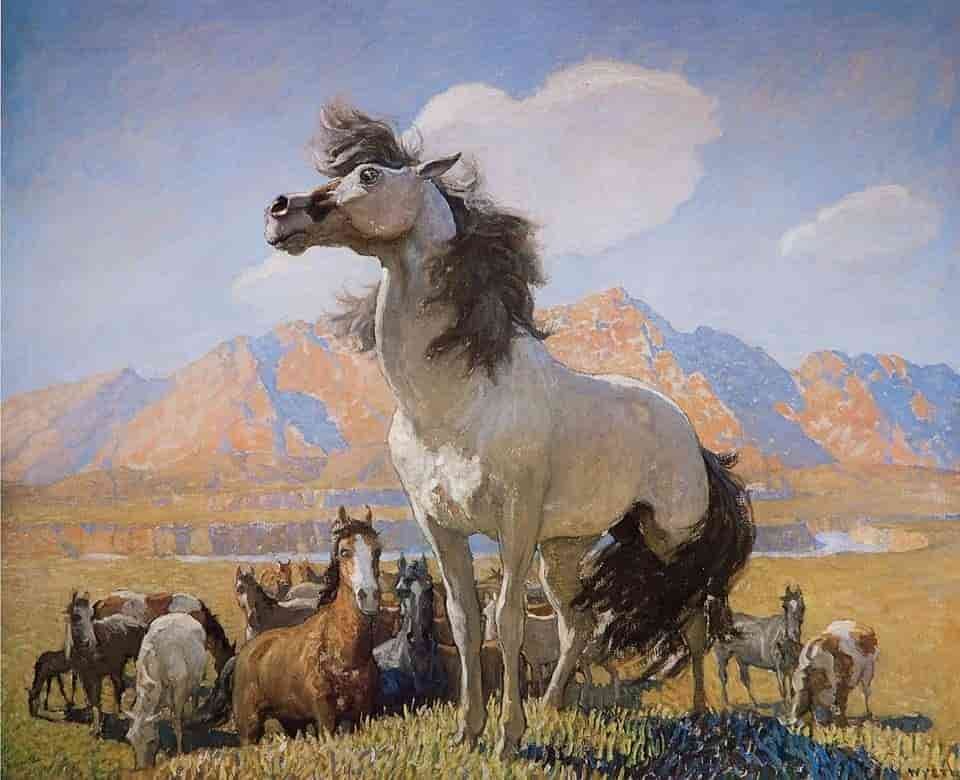
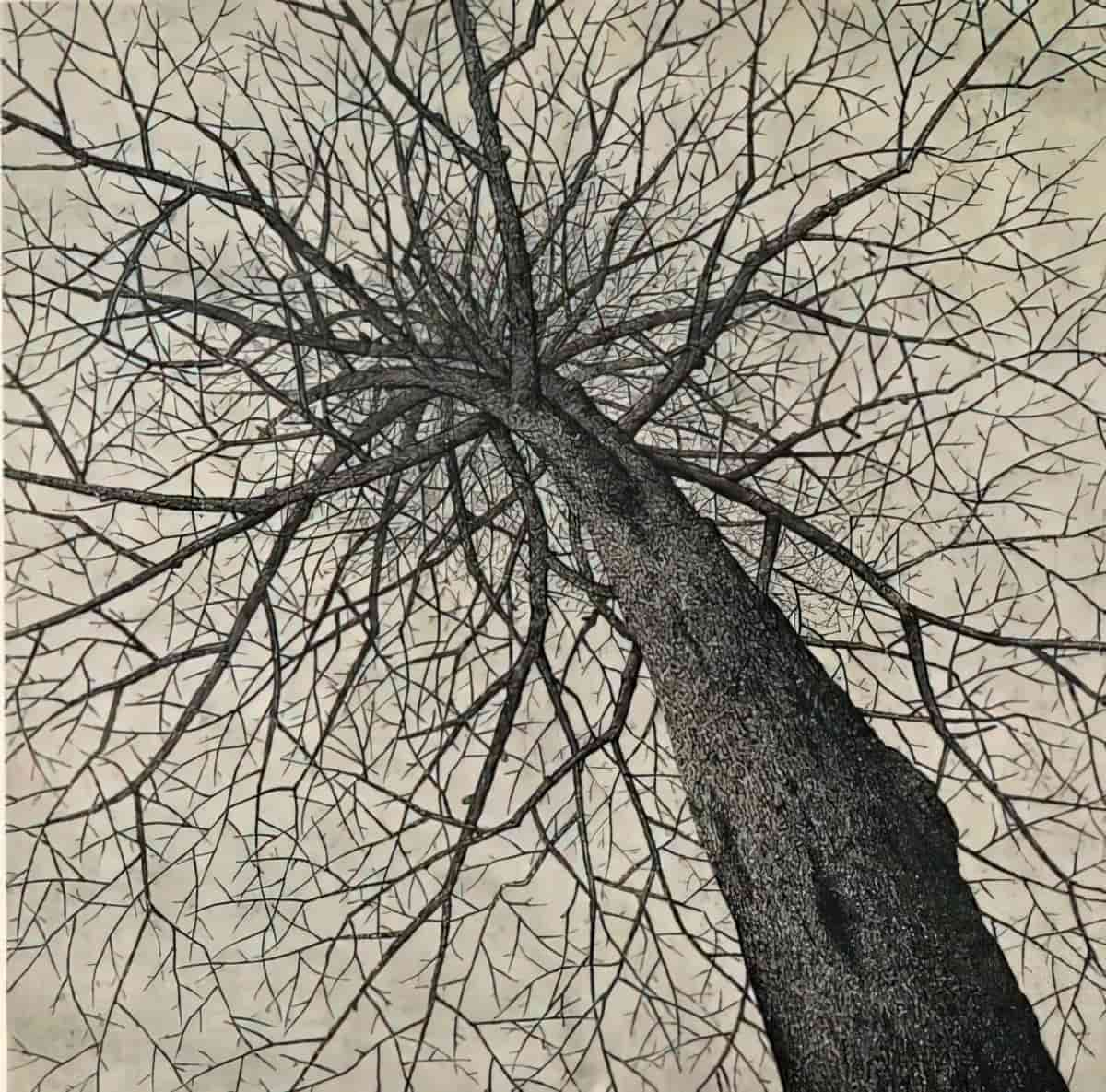
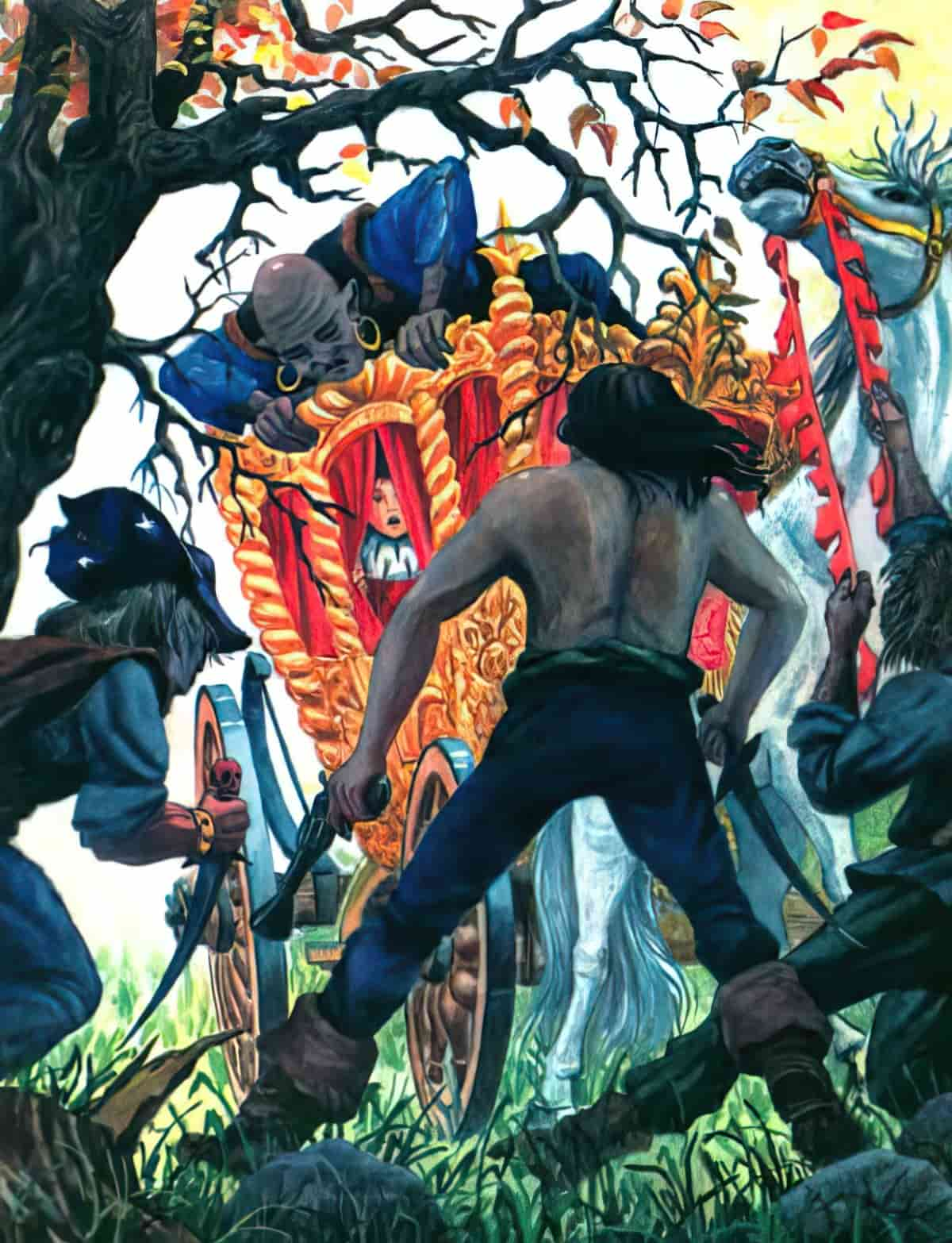
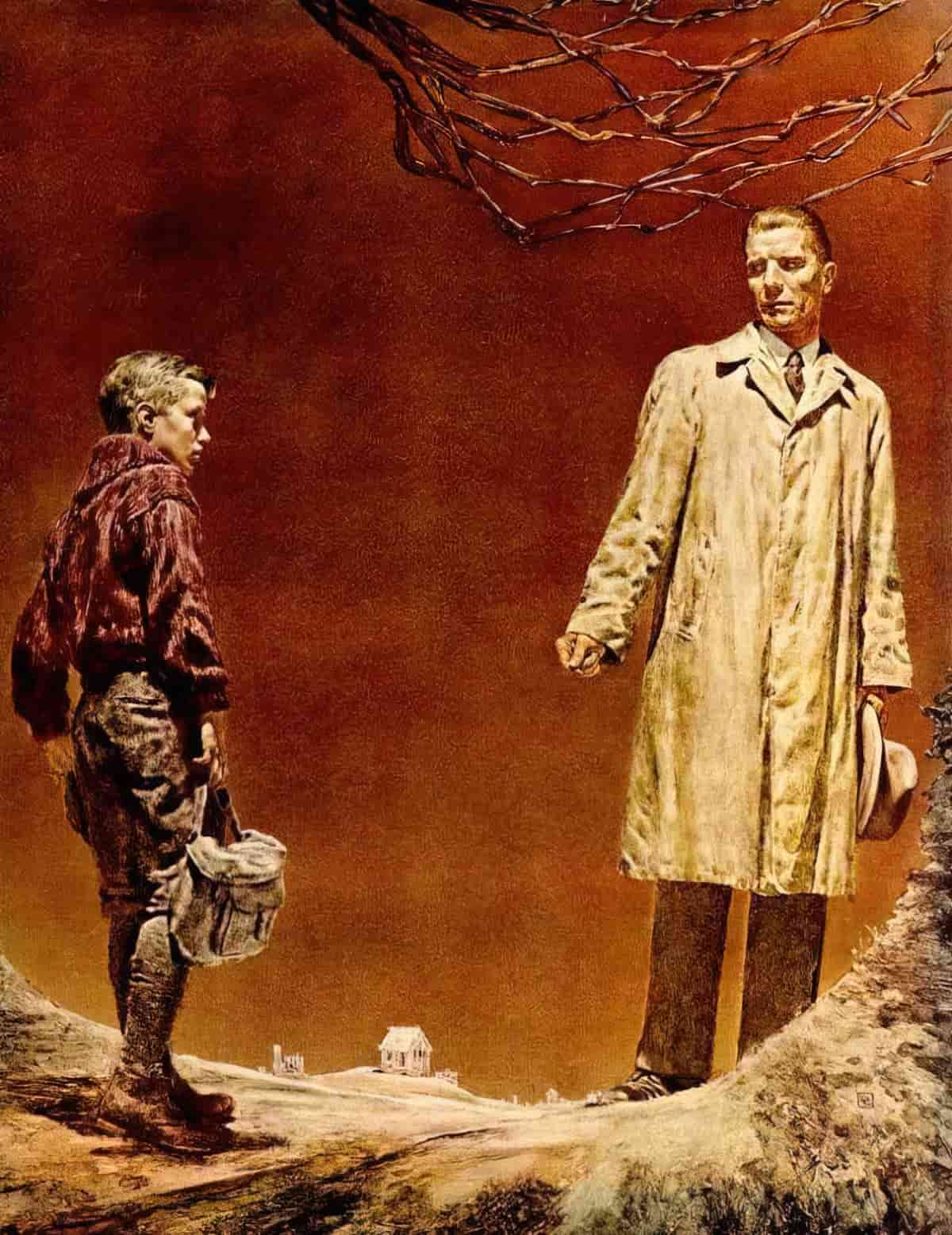
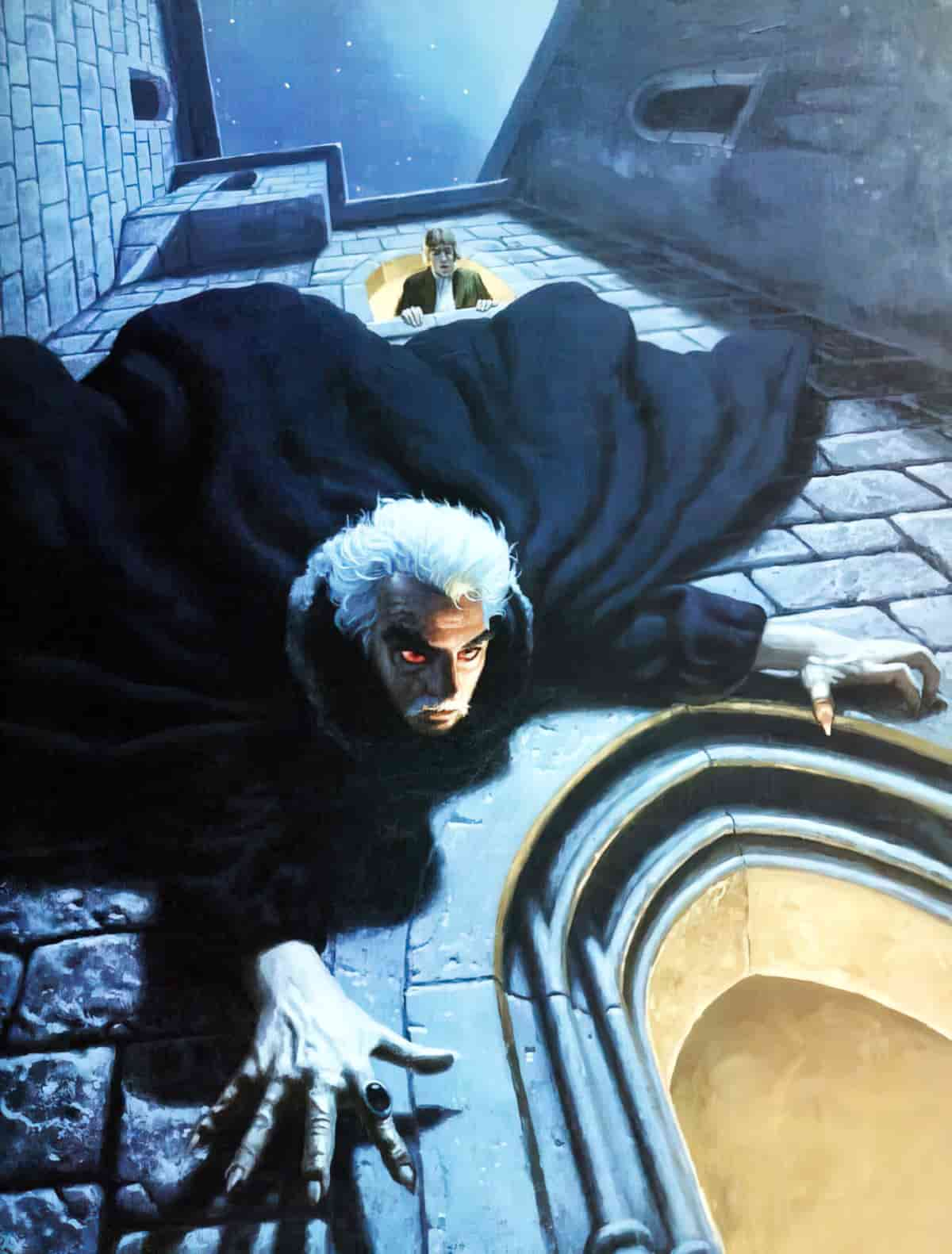
Worm’s Eye View
It’s worth making a distinction between ‘low angle’ and ‘worm’s eye’, but the worm’s eye shot is a type of low angle. This is when the narrative camera is right down on the ground. (I mean, the name says it all.) This perspective is often pretty ominous.
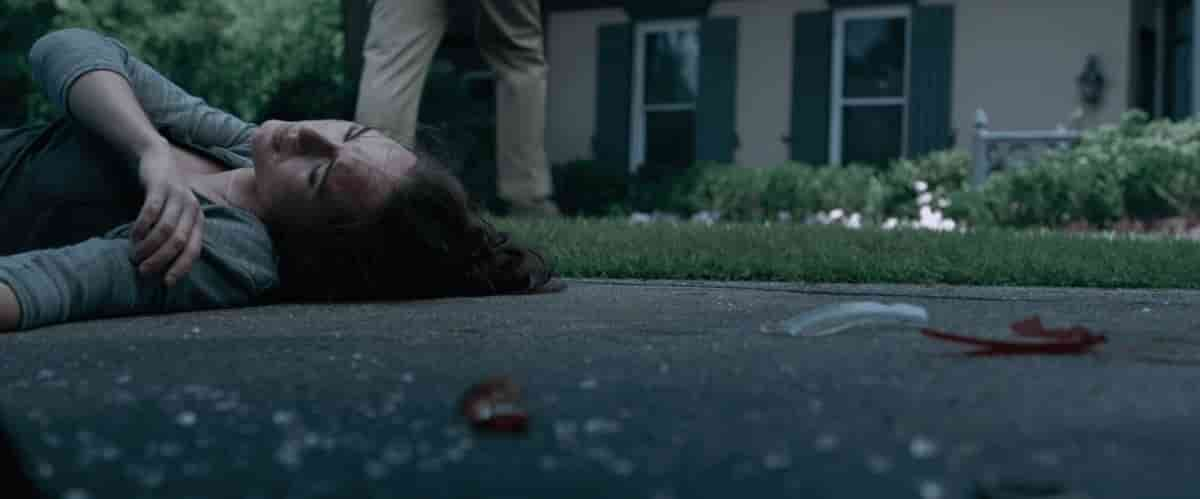
High Angle Perspective
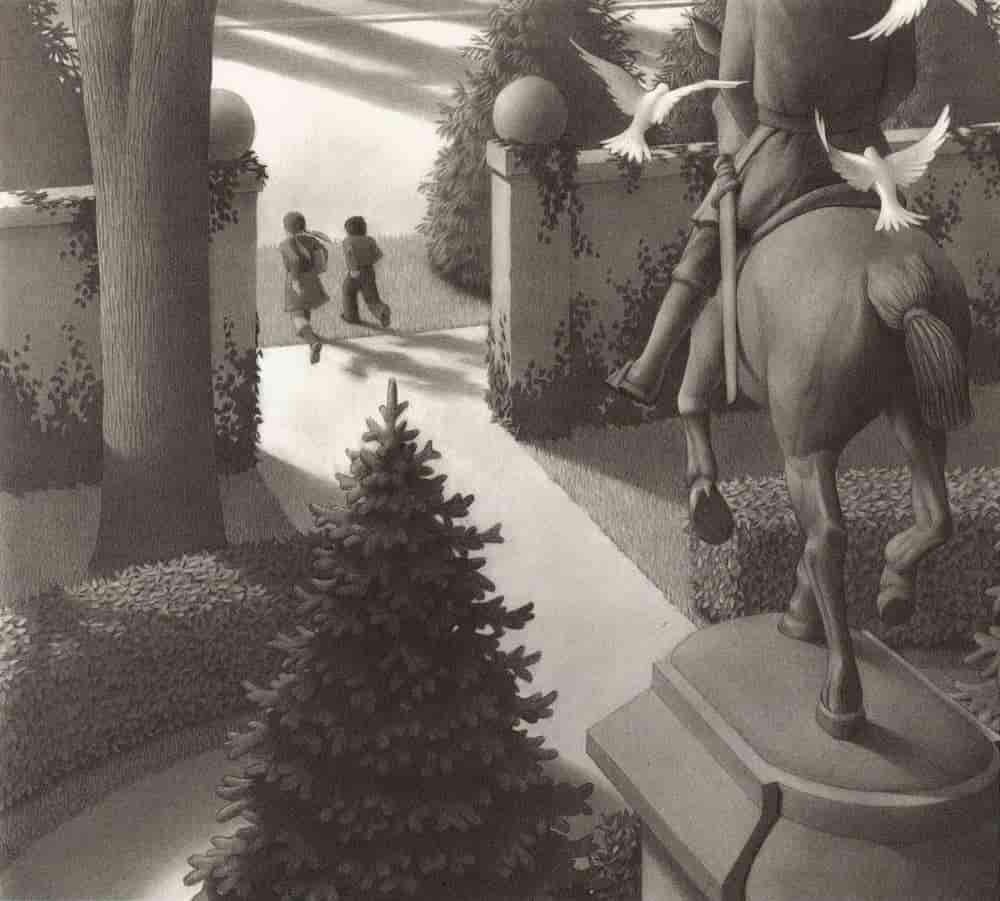
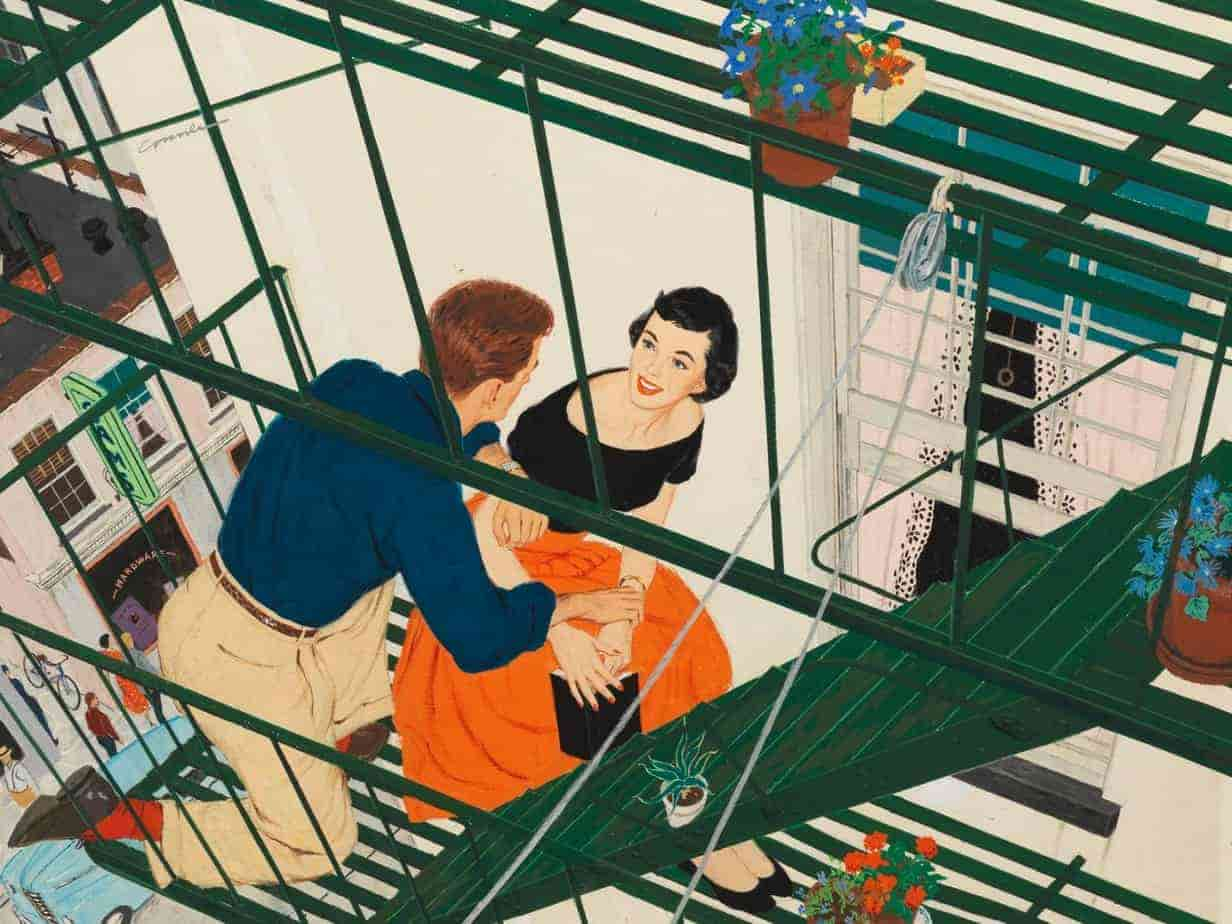
Shirley Hughes (almost?) always includes a high angle panoramic shot somewhere in her picturebooks, though not as establishing shots. They usually appear part way through the story.
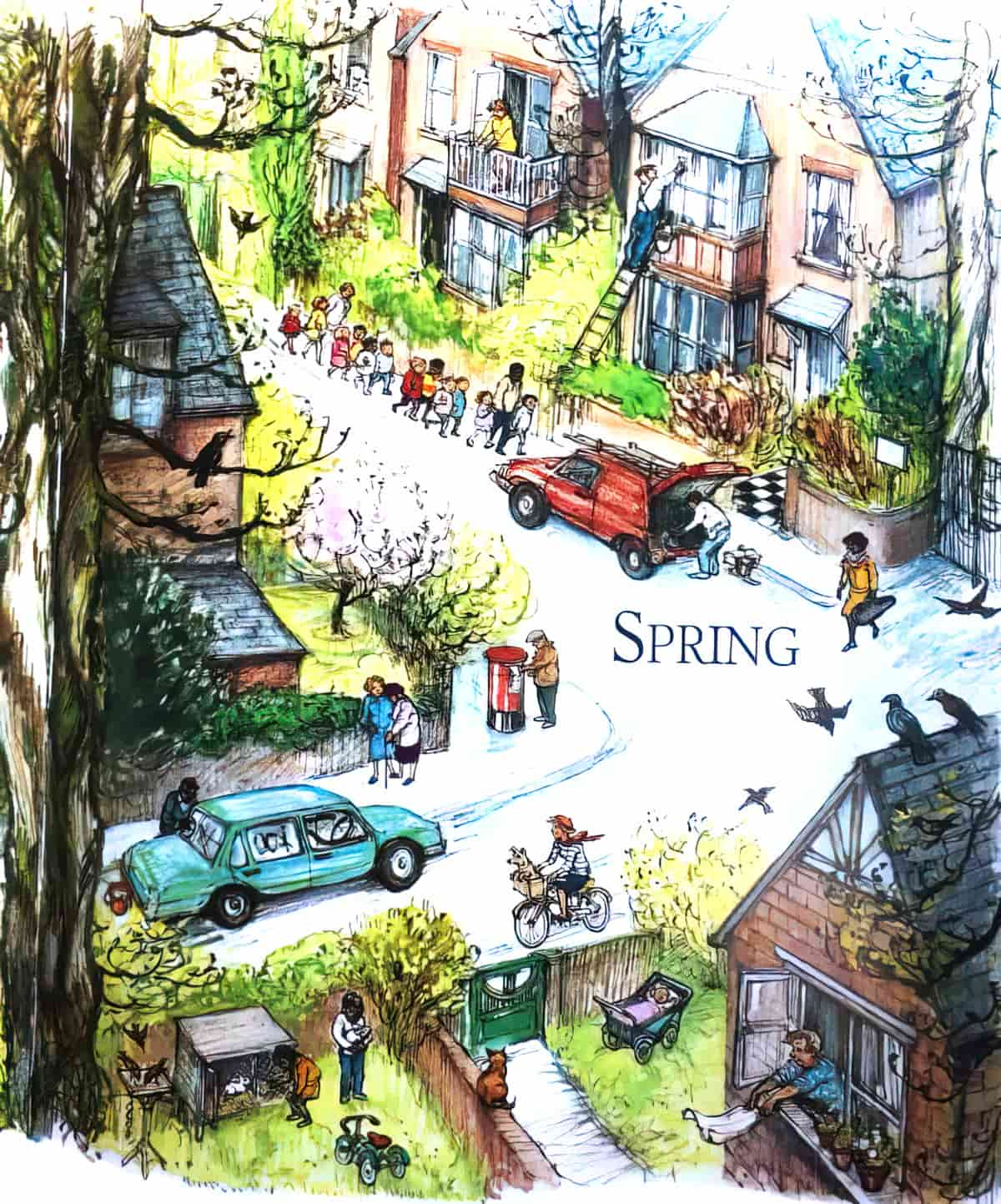
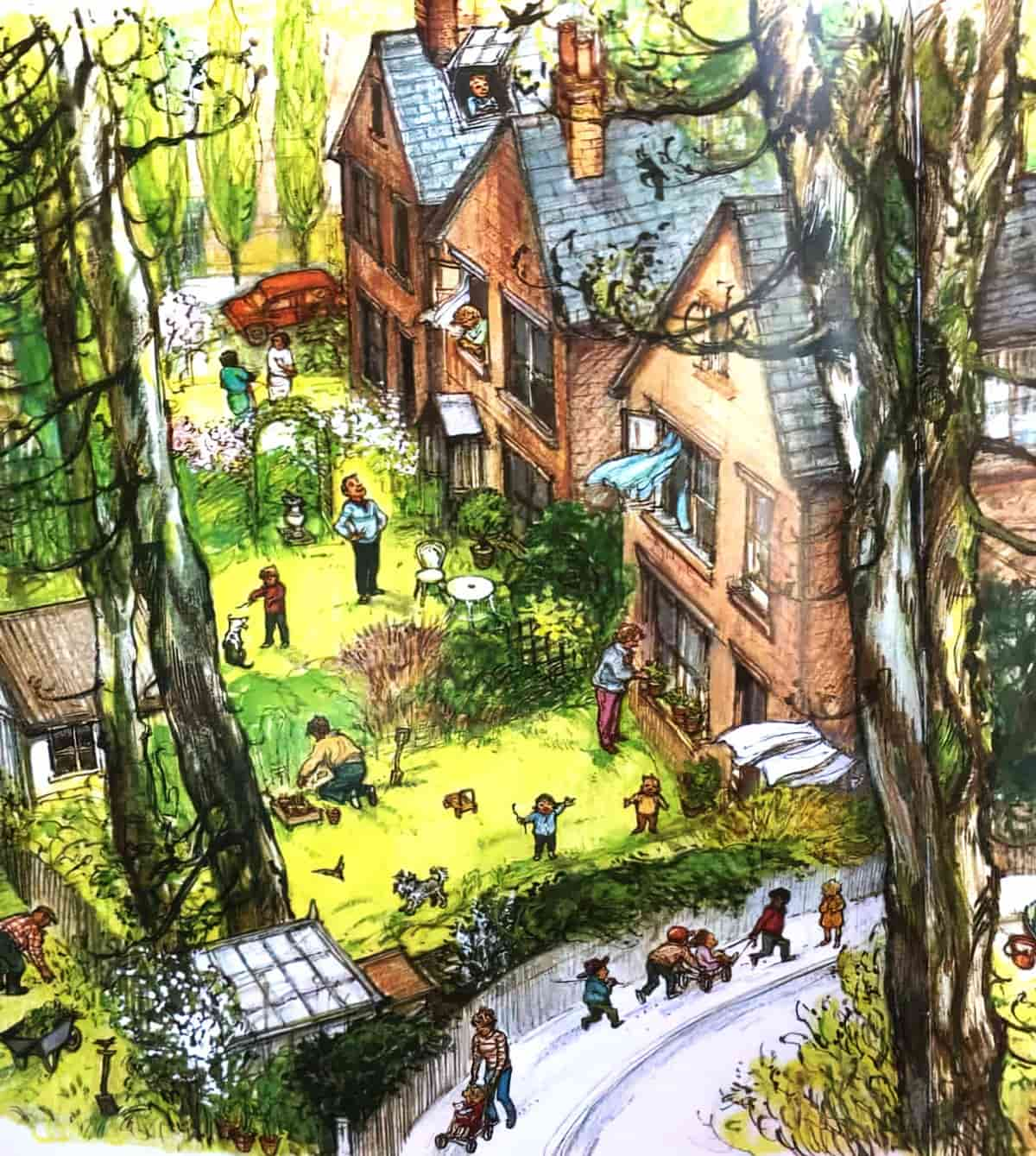
Images below, from Henri, Schlitzohr written and illustrated by Eve Tharet (1989) show a number of various heights of ‘high angle’. The camera moves up and down, but we are always getting a high angle shot, unusually for a picture book.
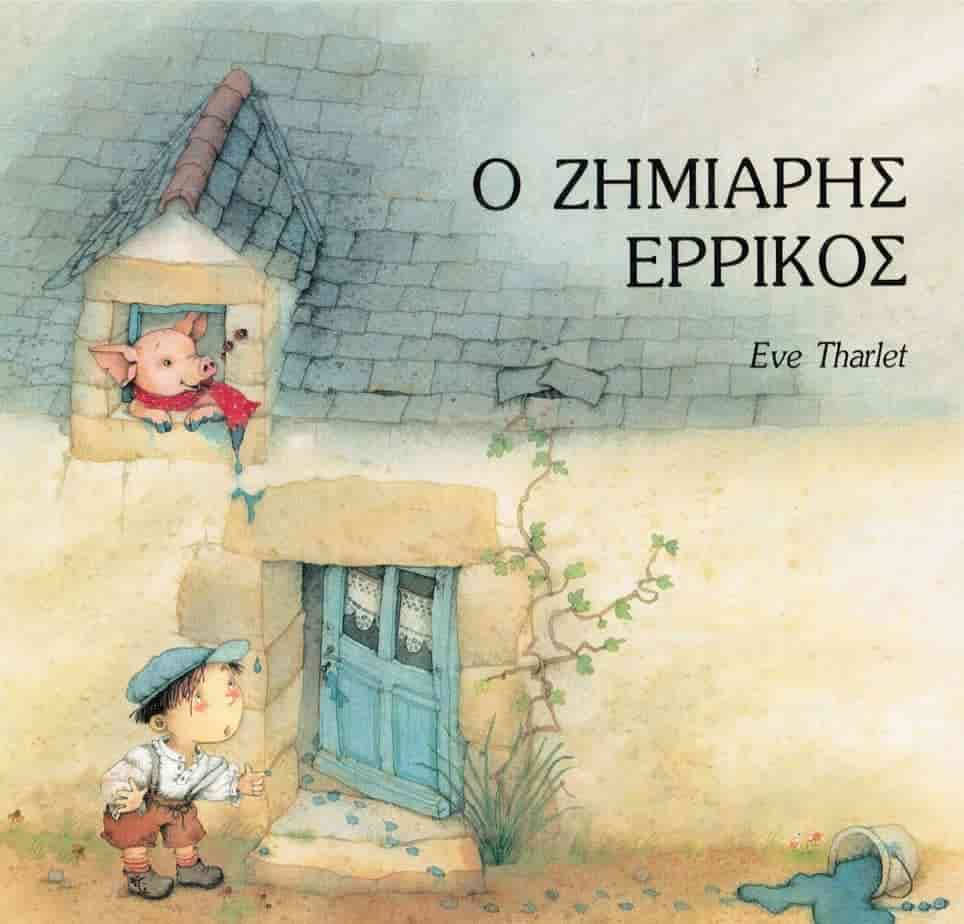
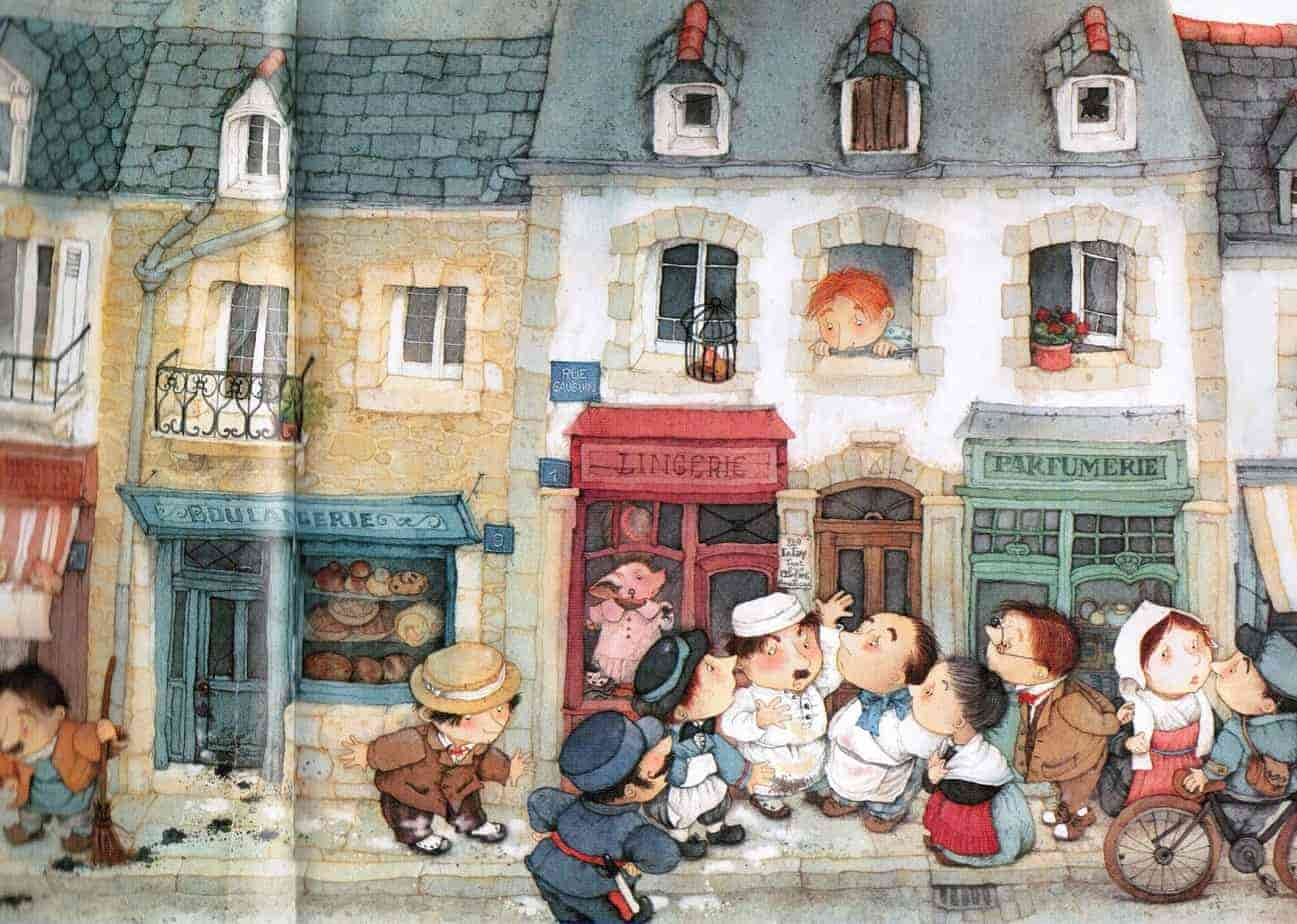
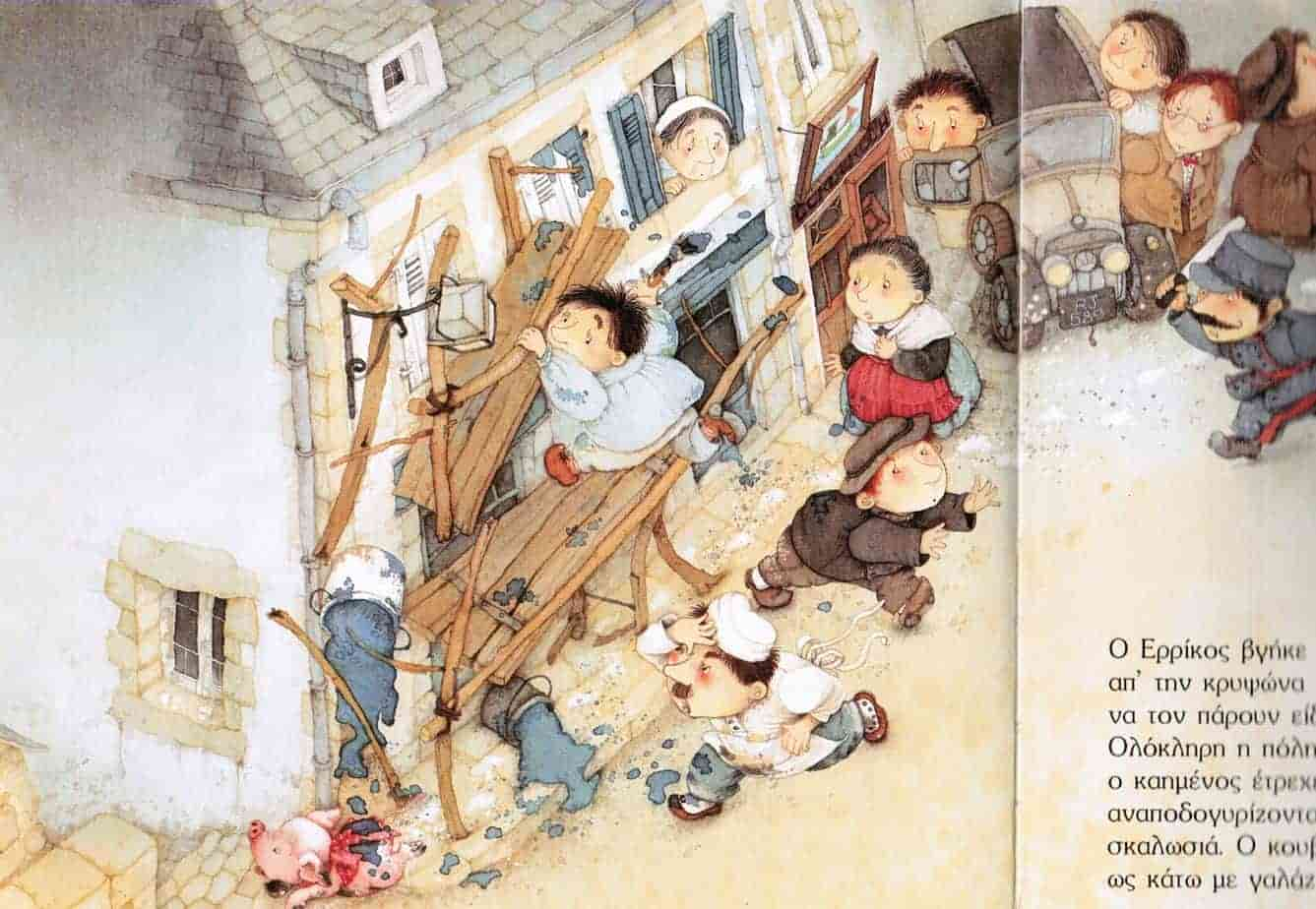
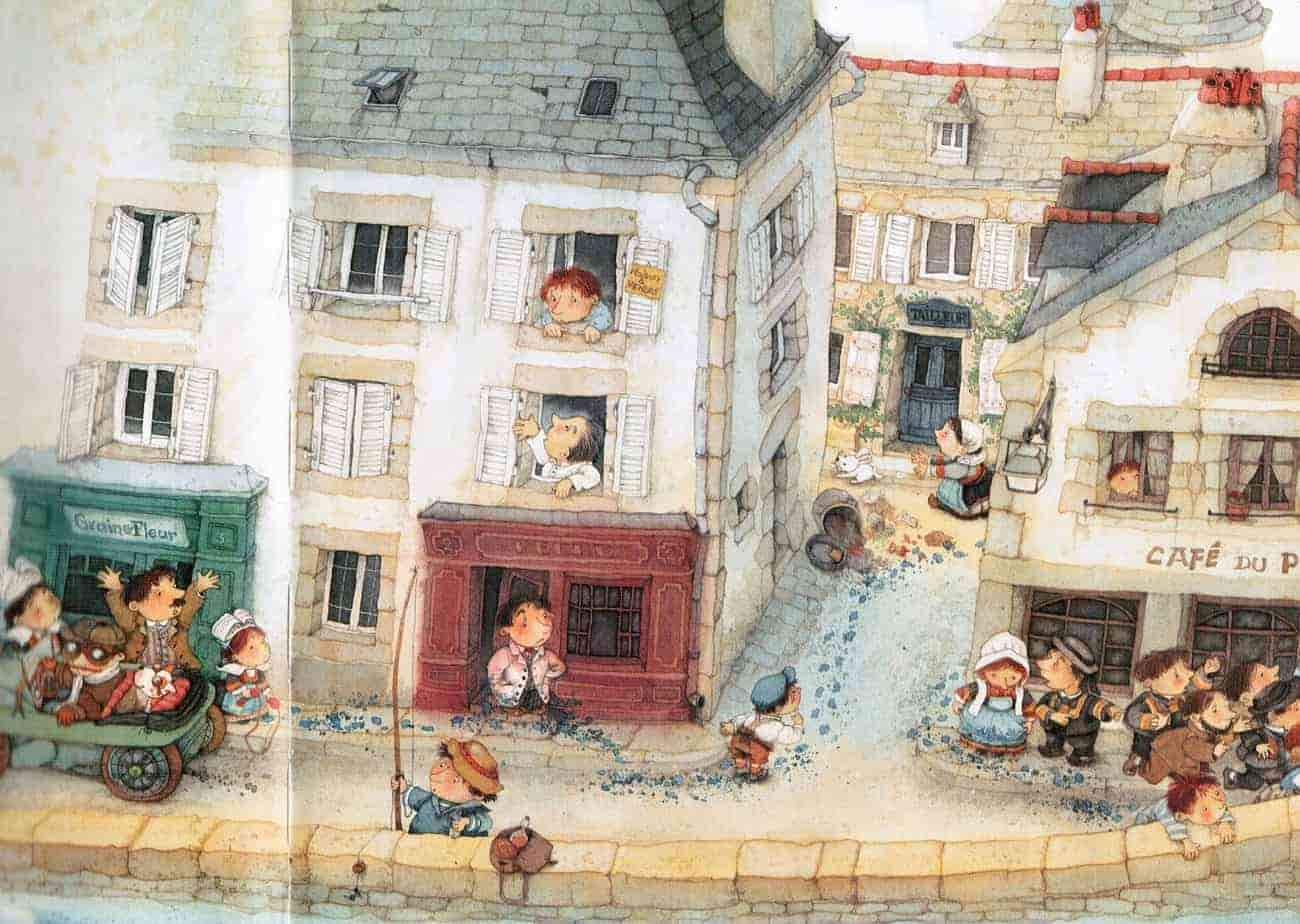
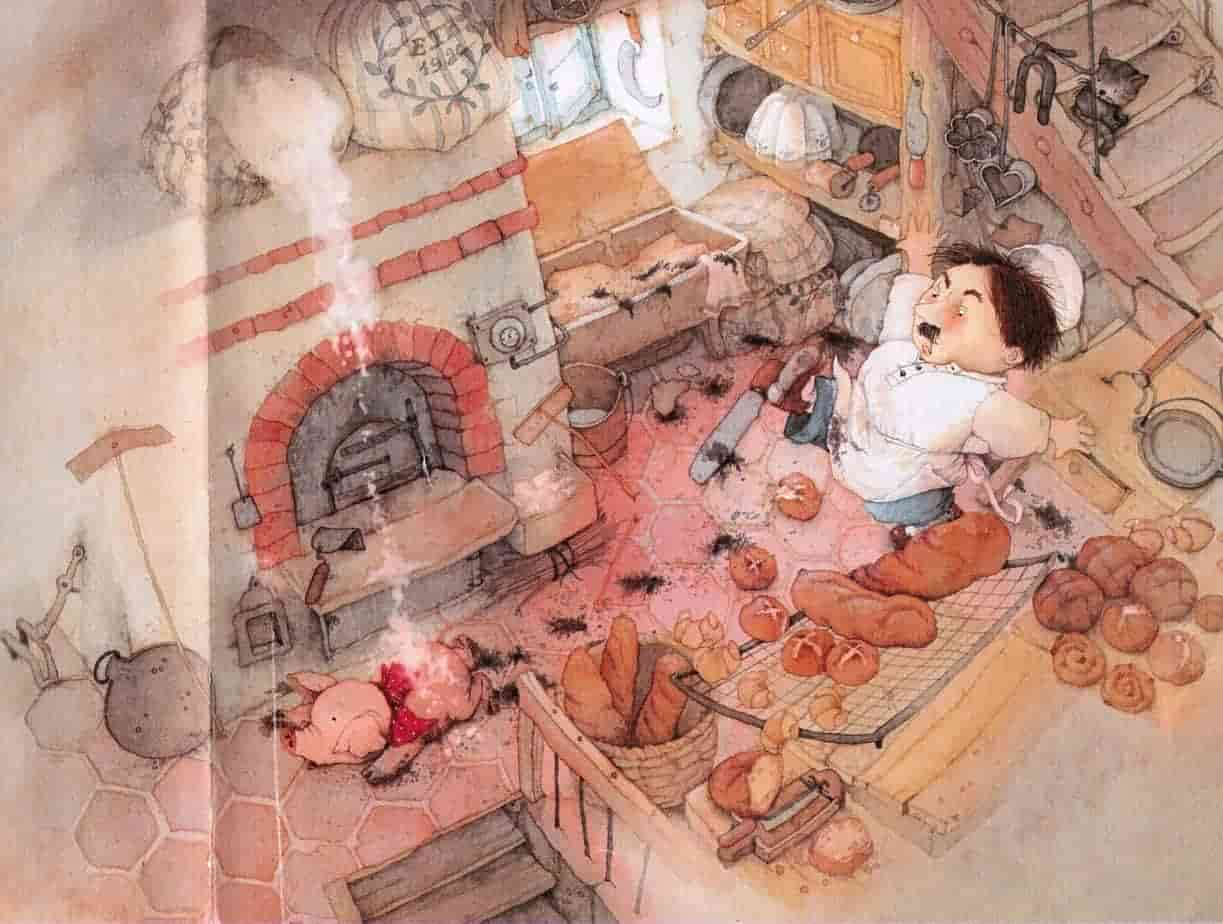
Below, an extreme example of ‘high angle’, looking straight down.
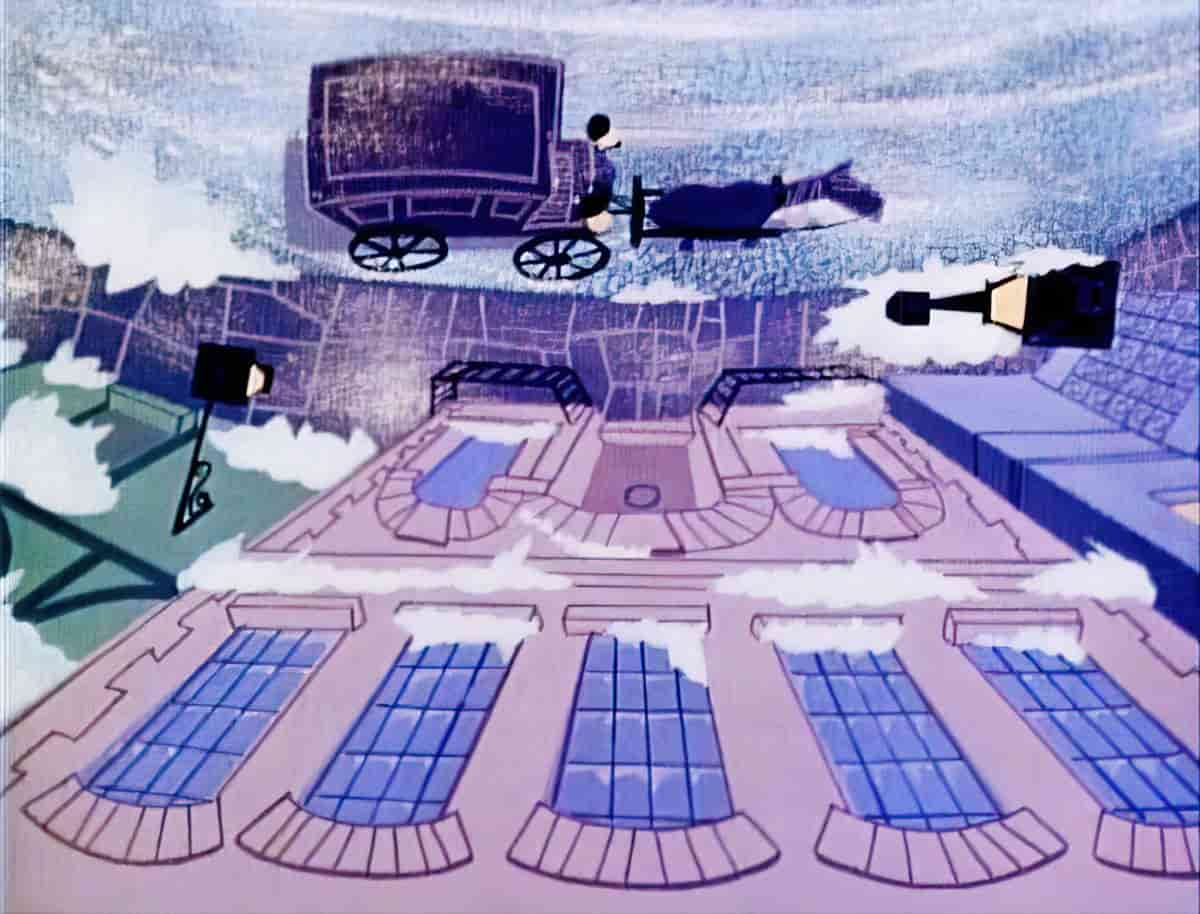
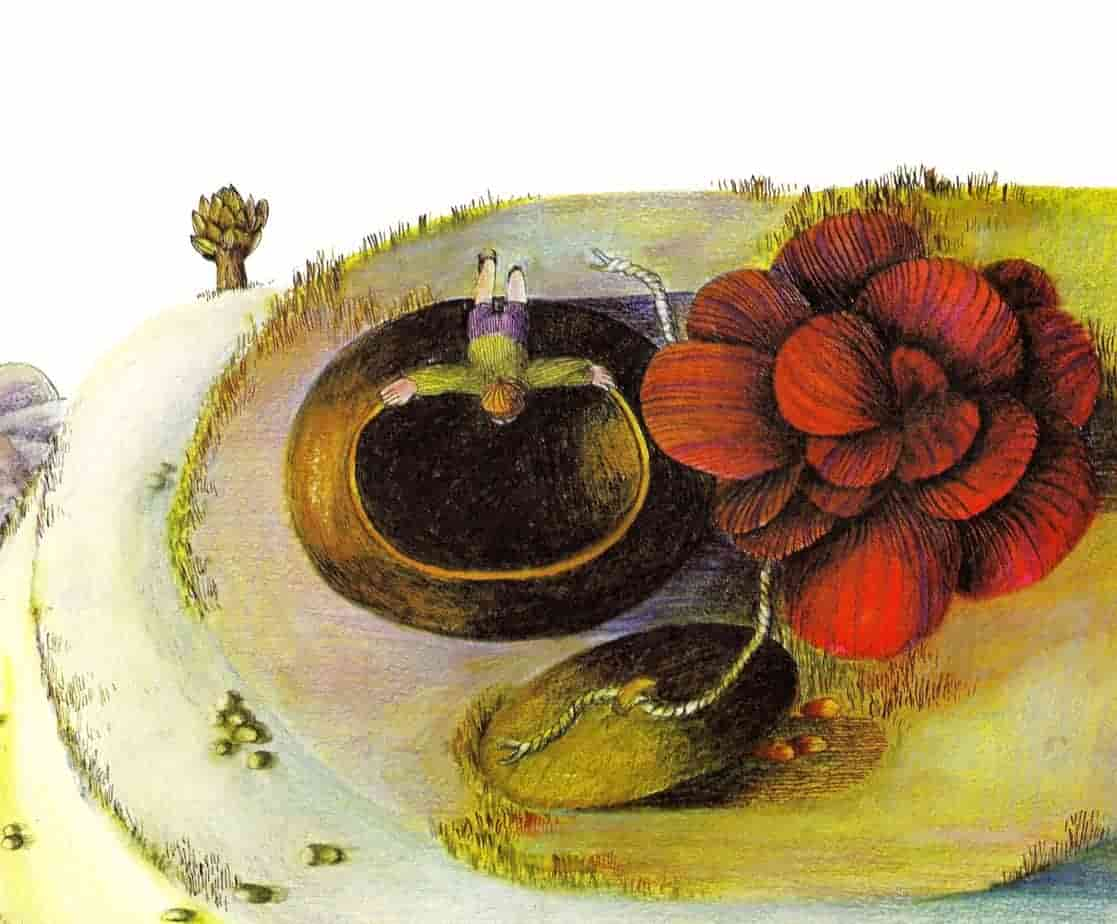
Over-The-Shoulder
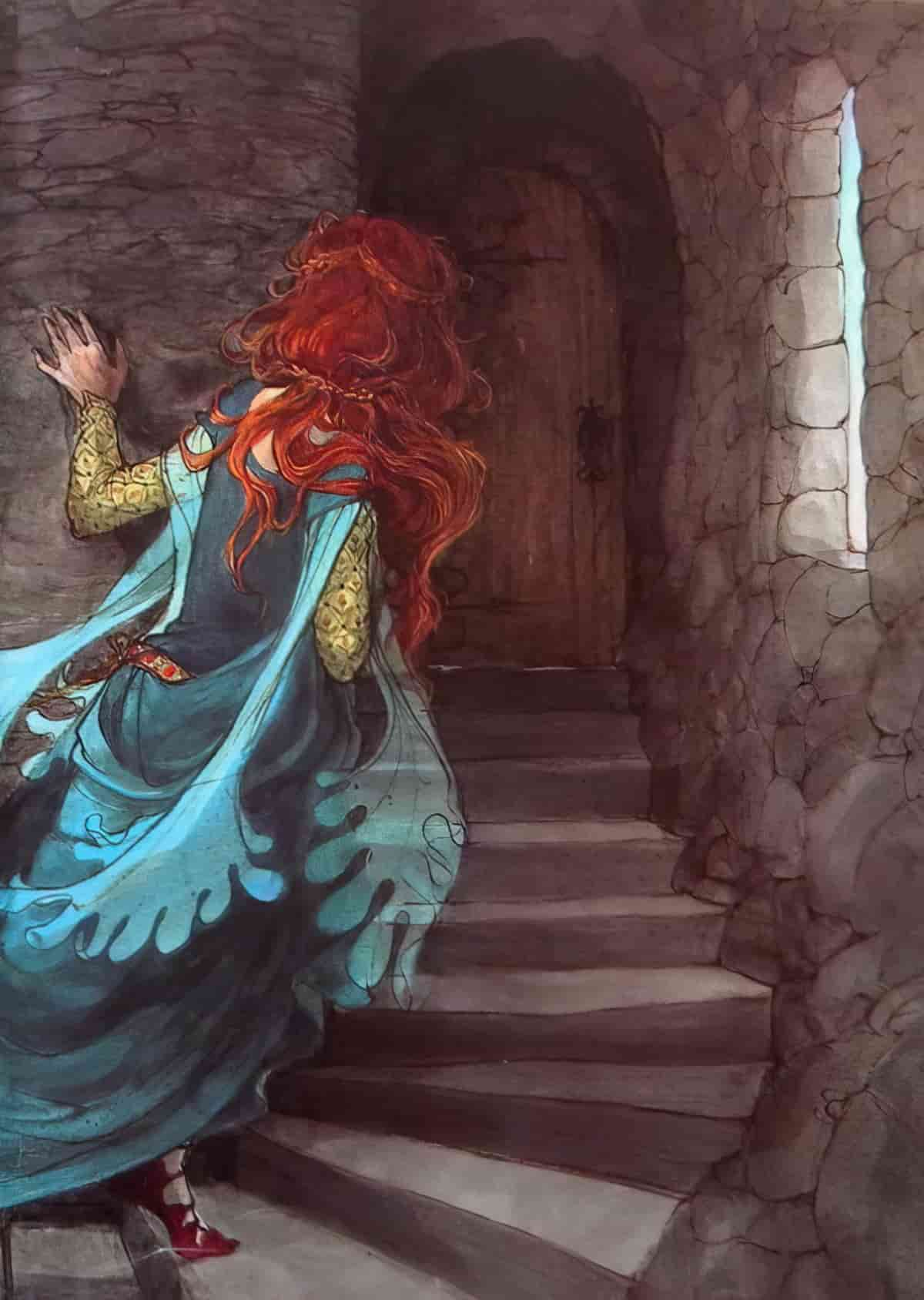
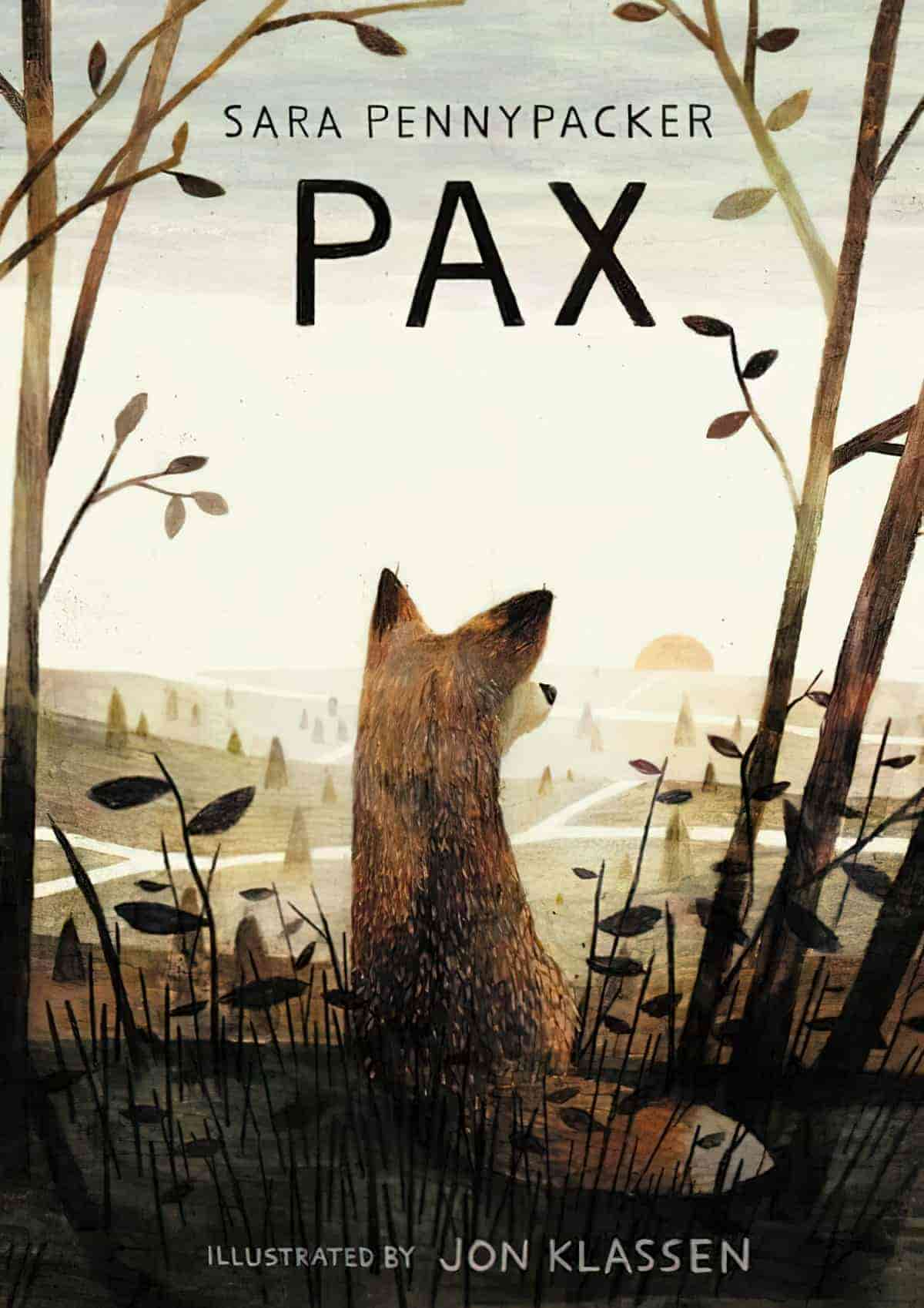
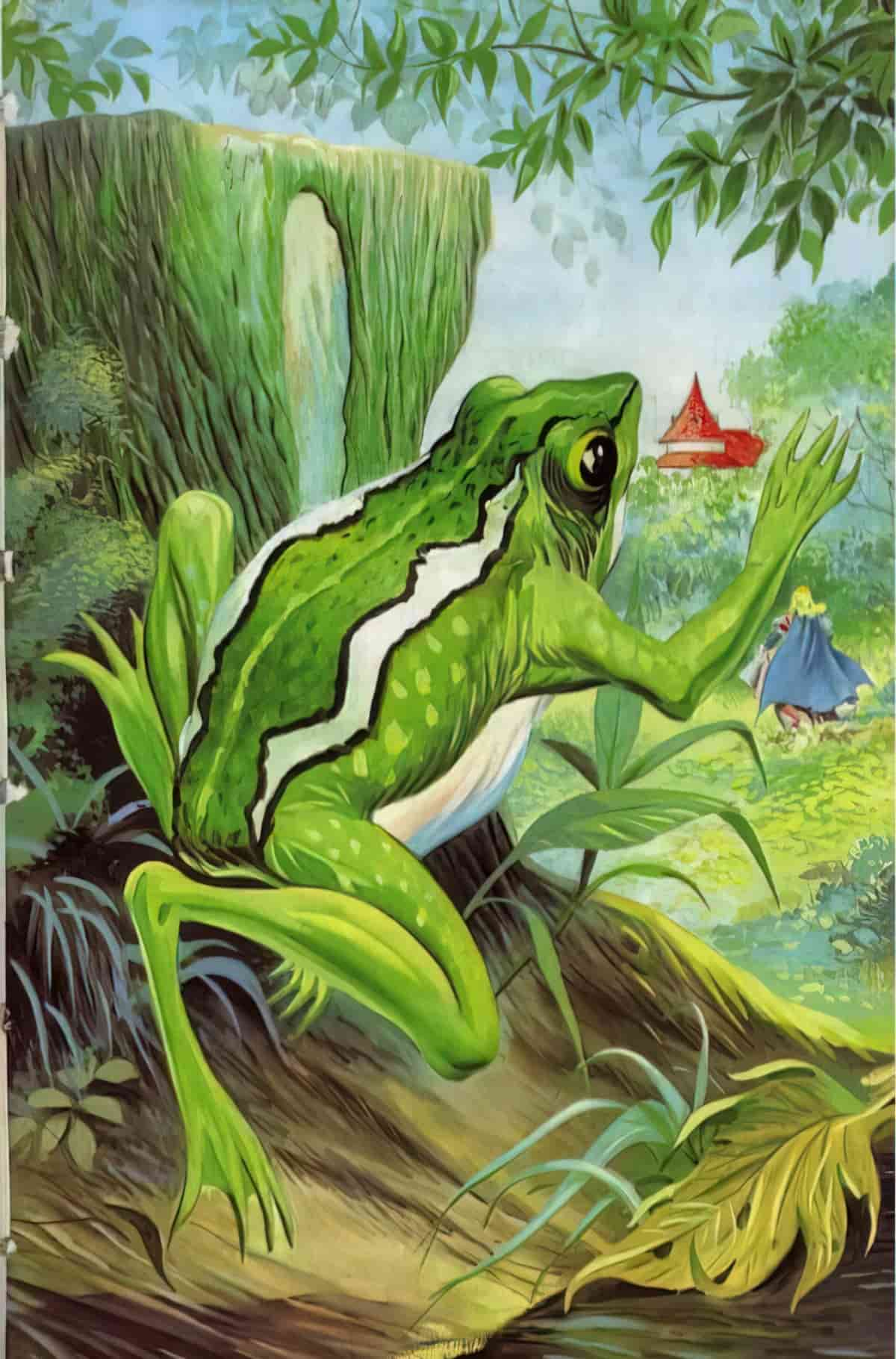
Height Of The Child
This is not a term you hear film directors use, though it’s used in What Maisie Knew — a story from the perspective of a child. This is quite a common view in children’s books — a variation on the low angle that is clearly from the eye-height of a child.
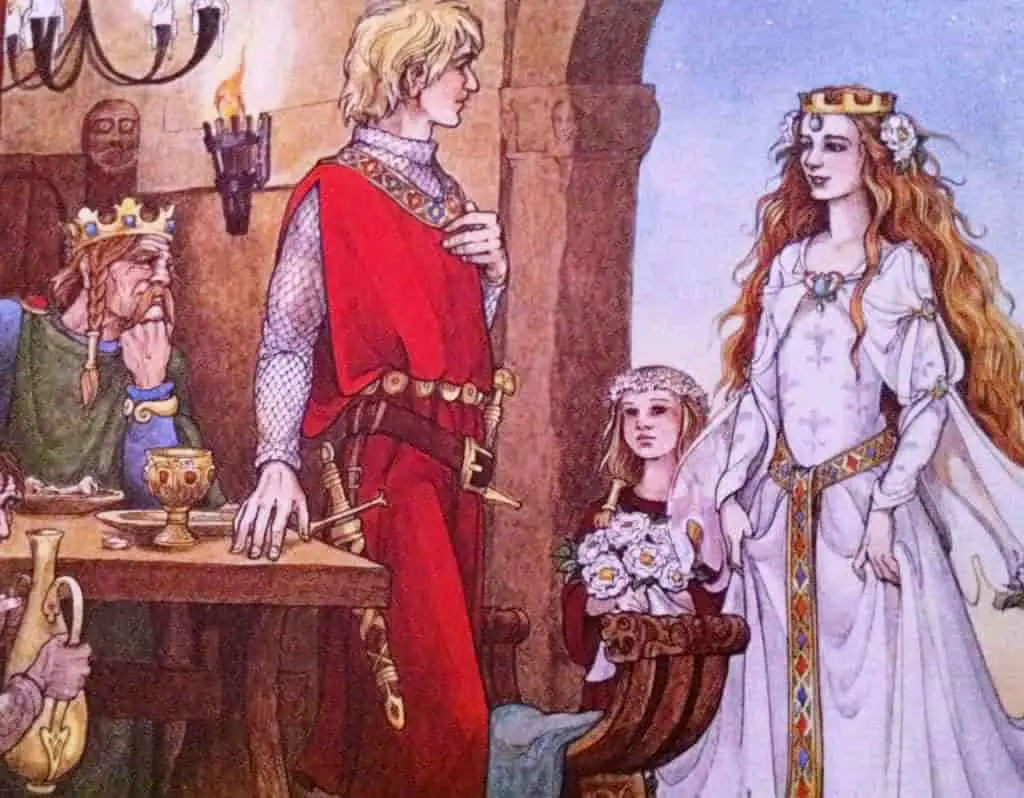
Close-Up
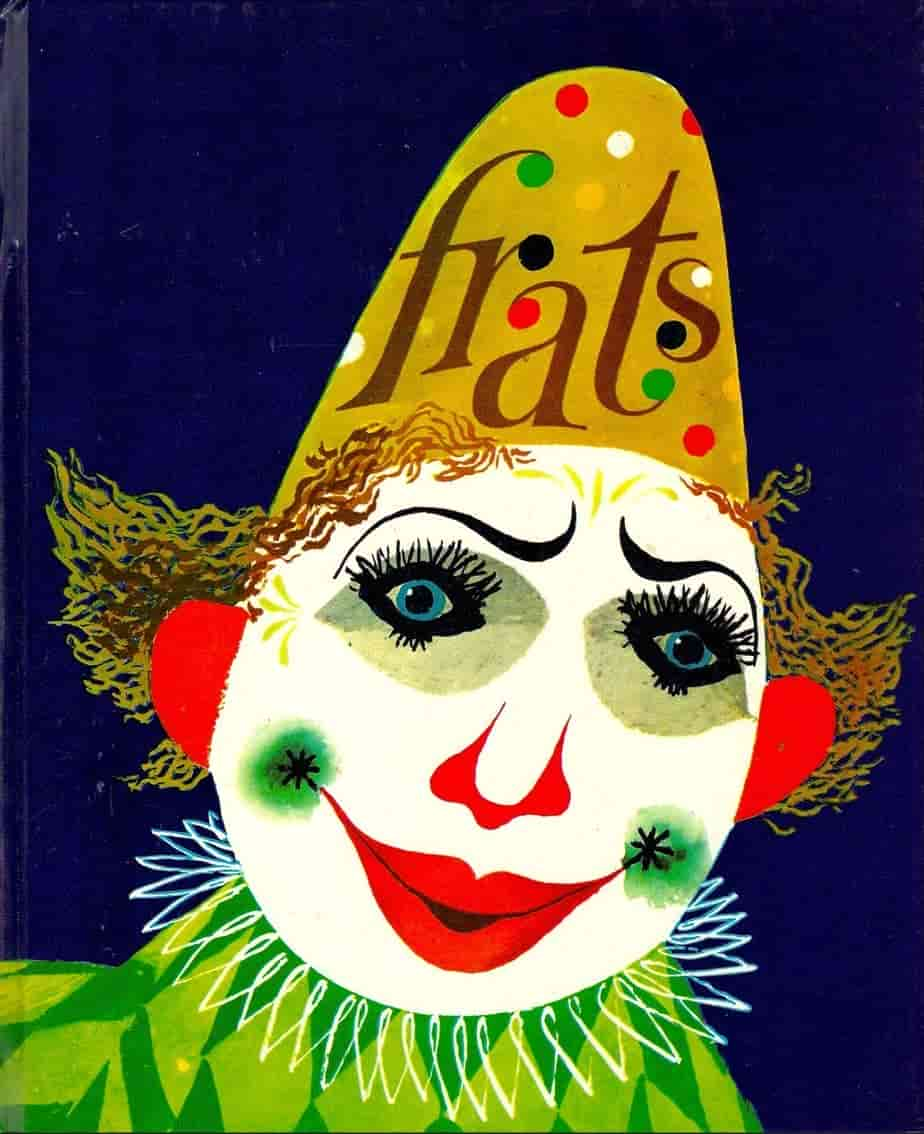
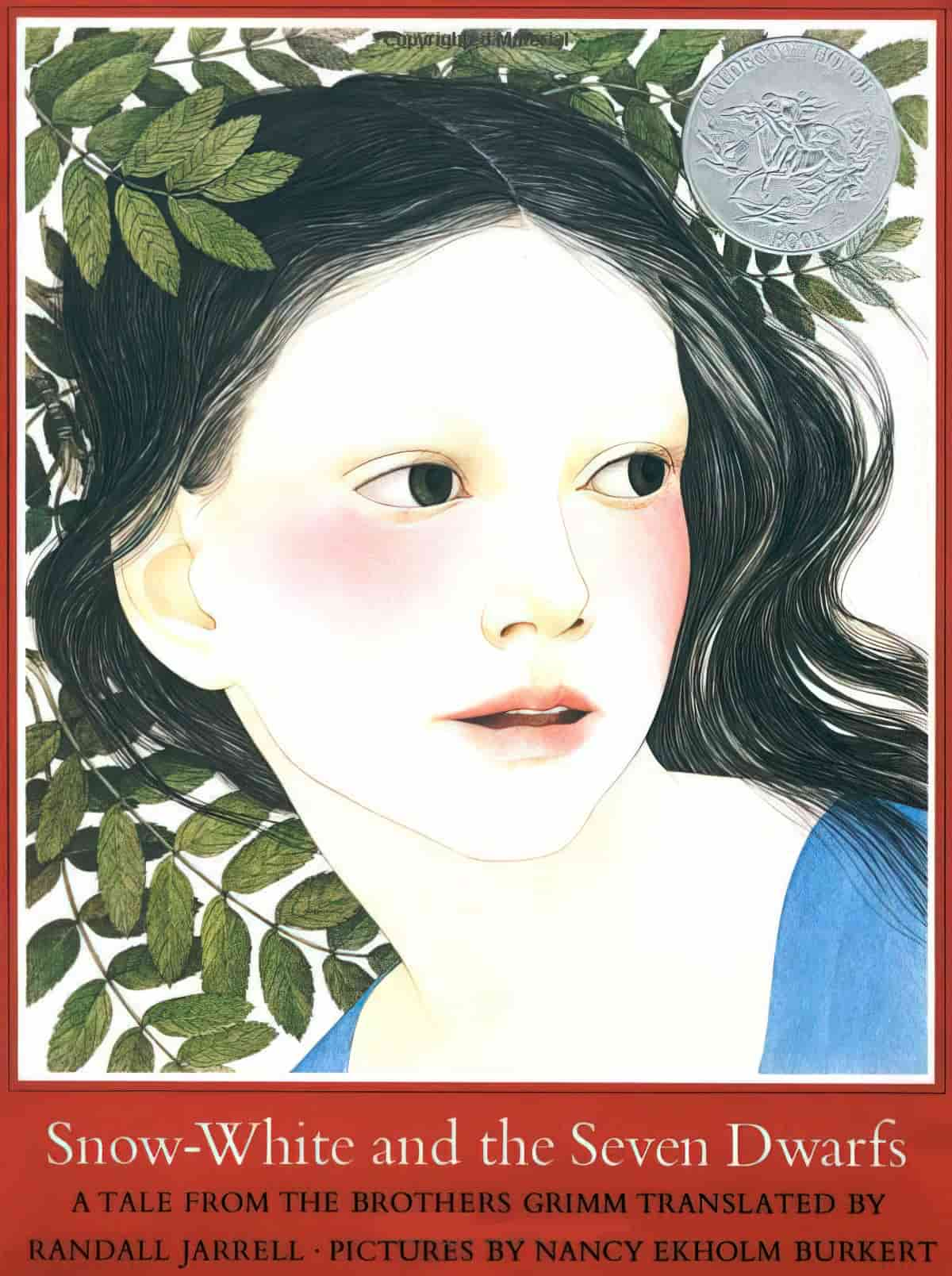
Extreme Close-up
